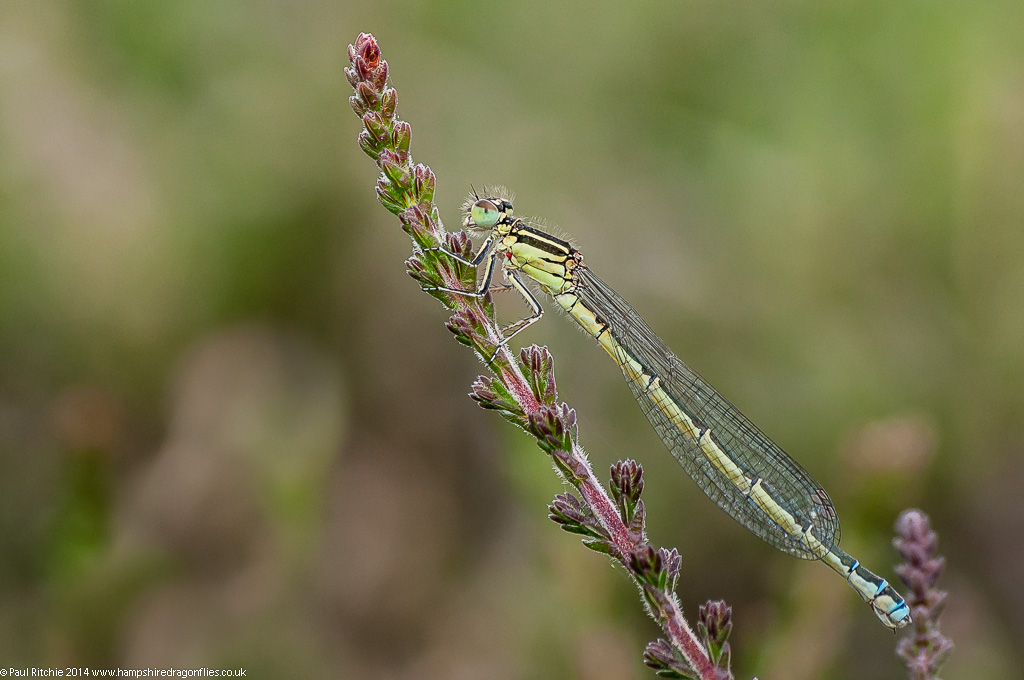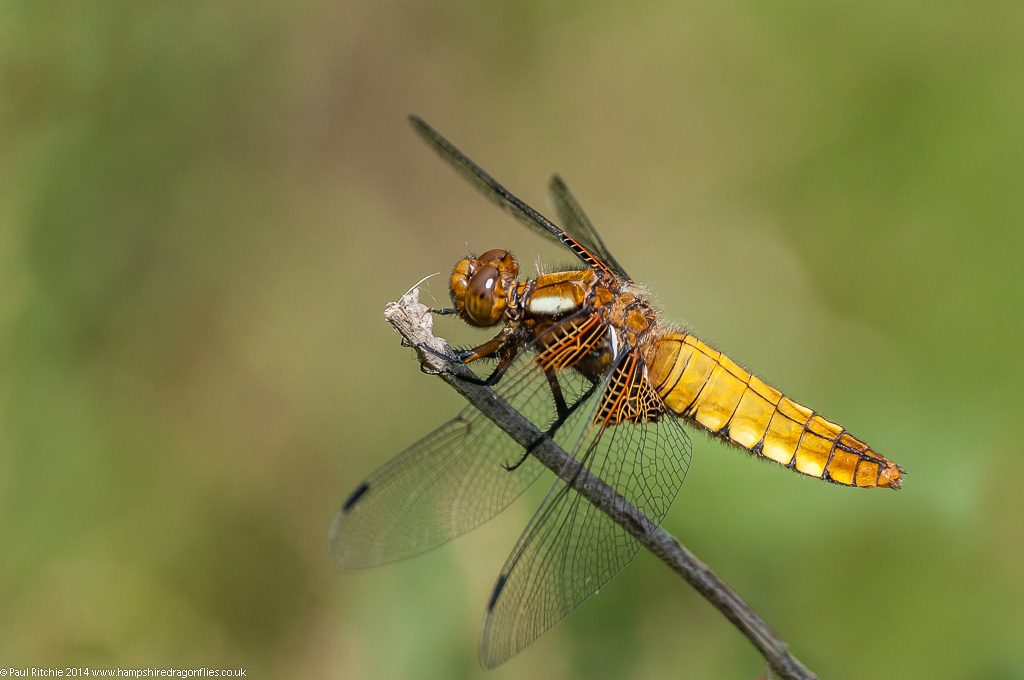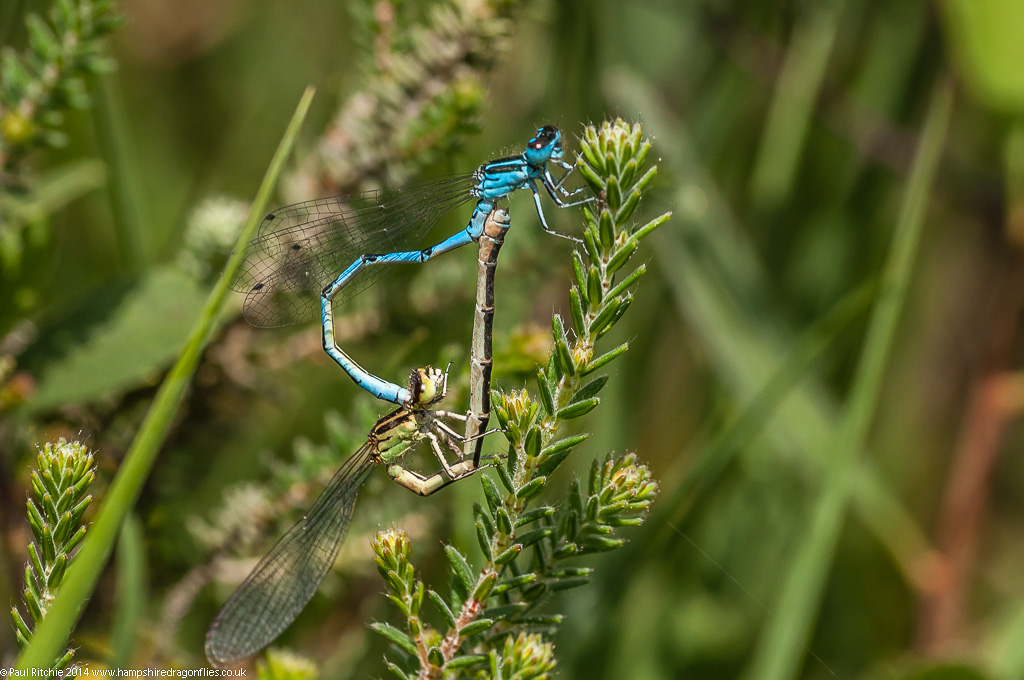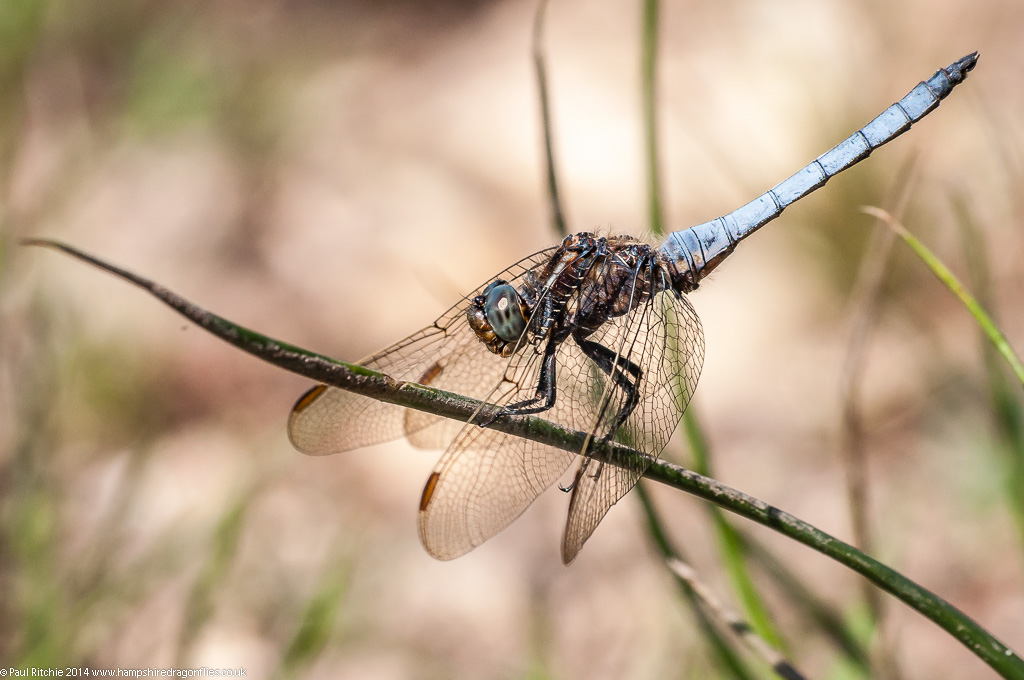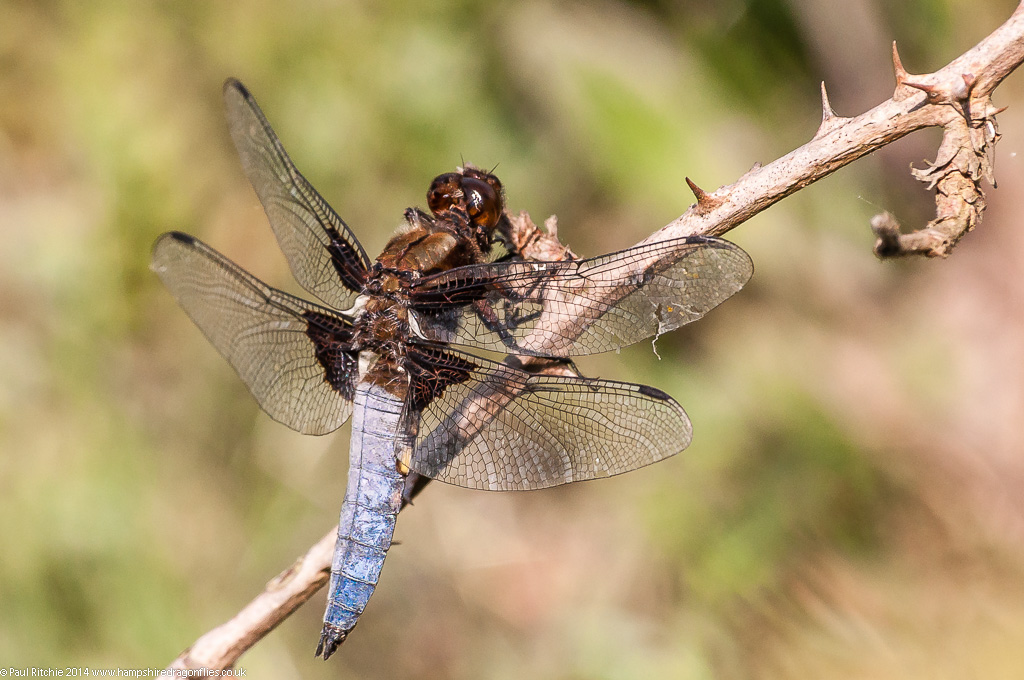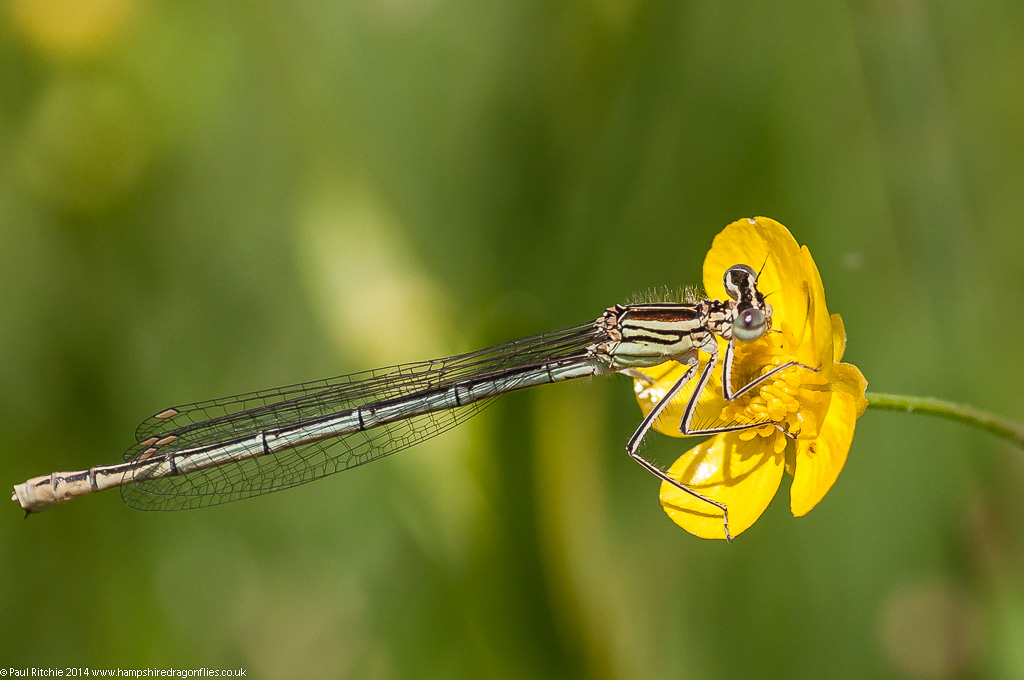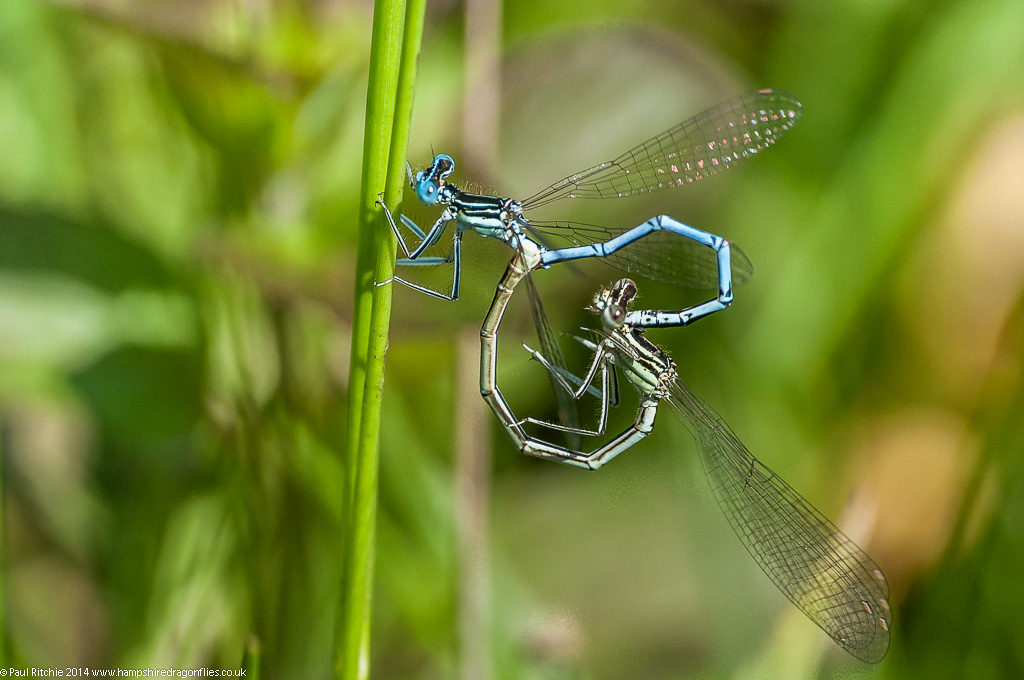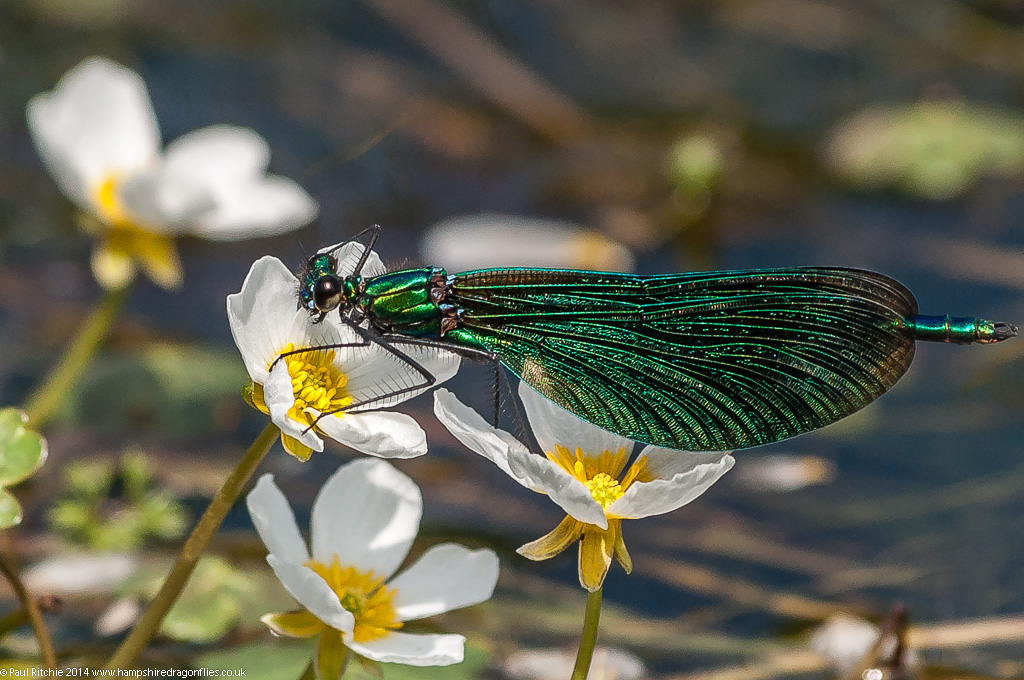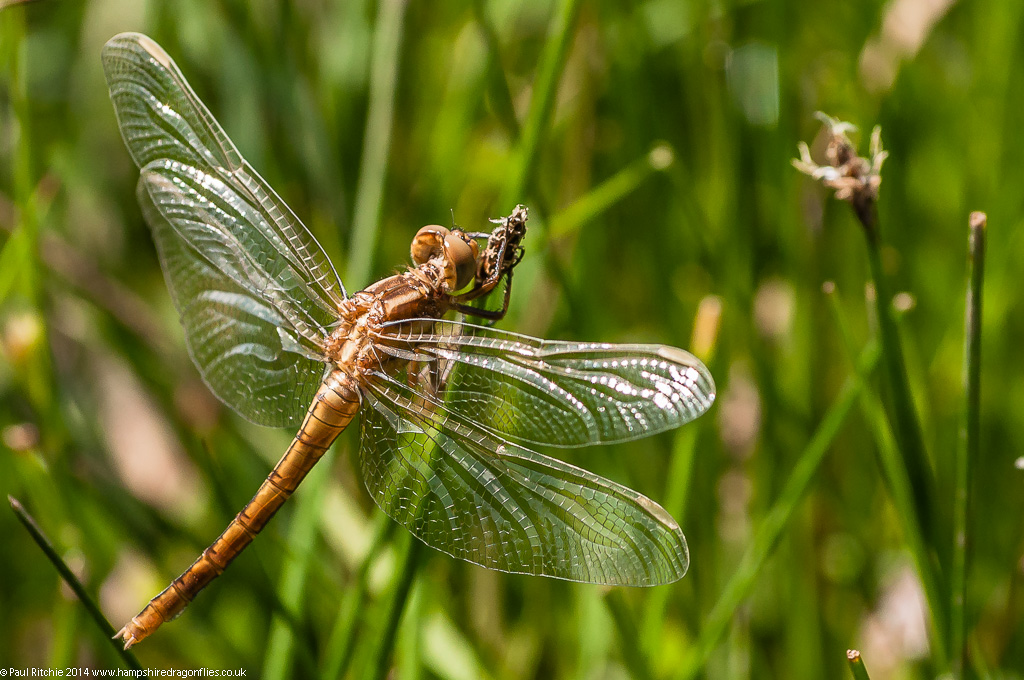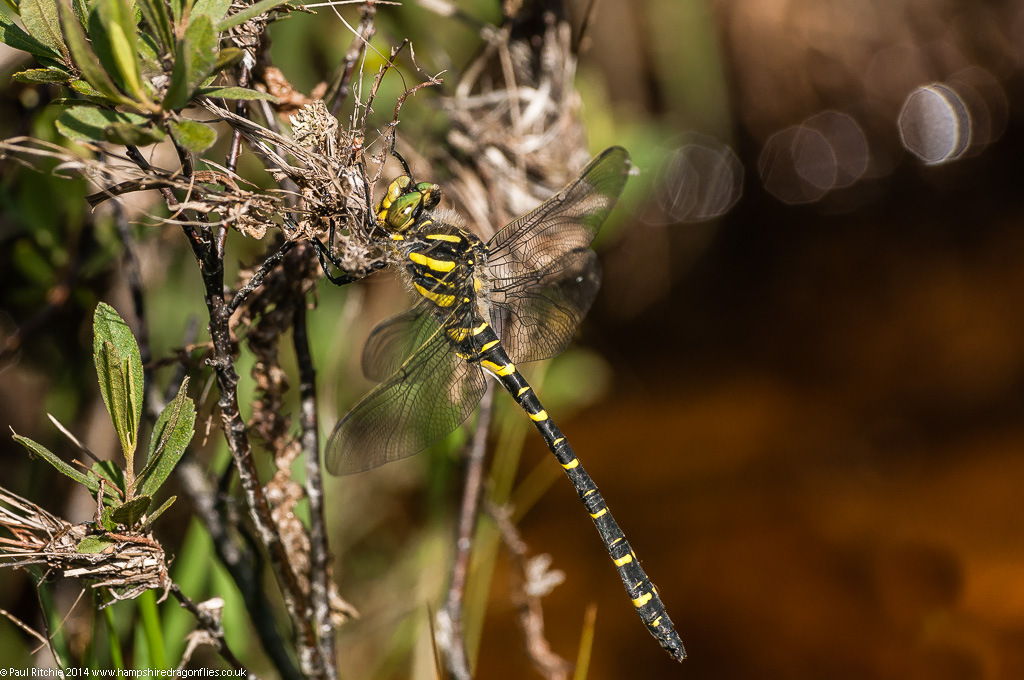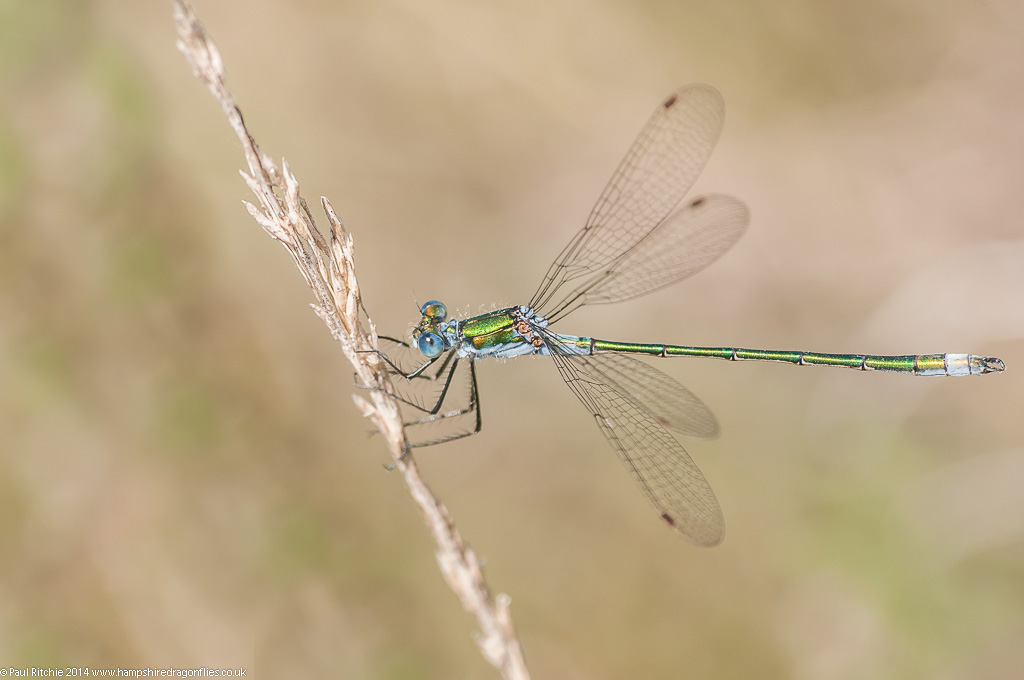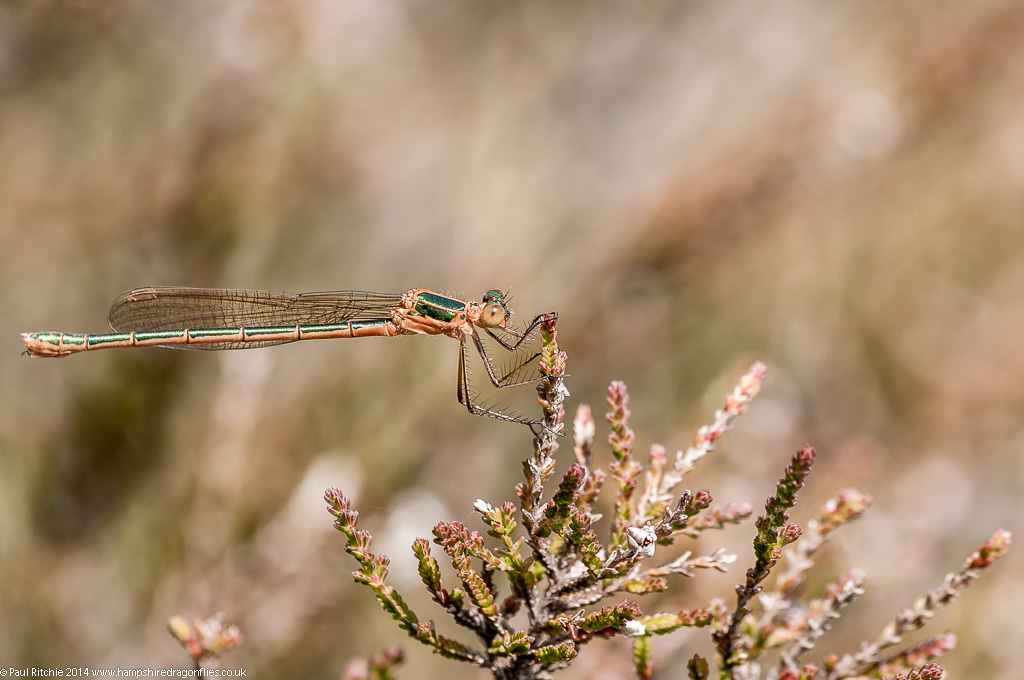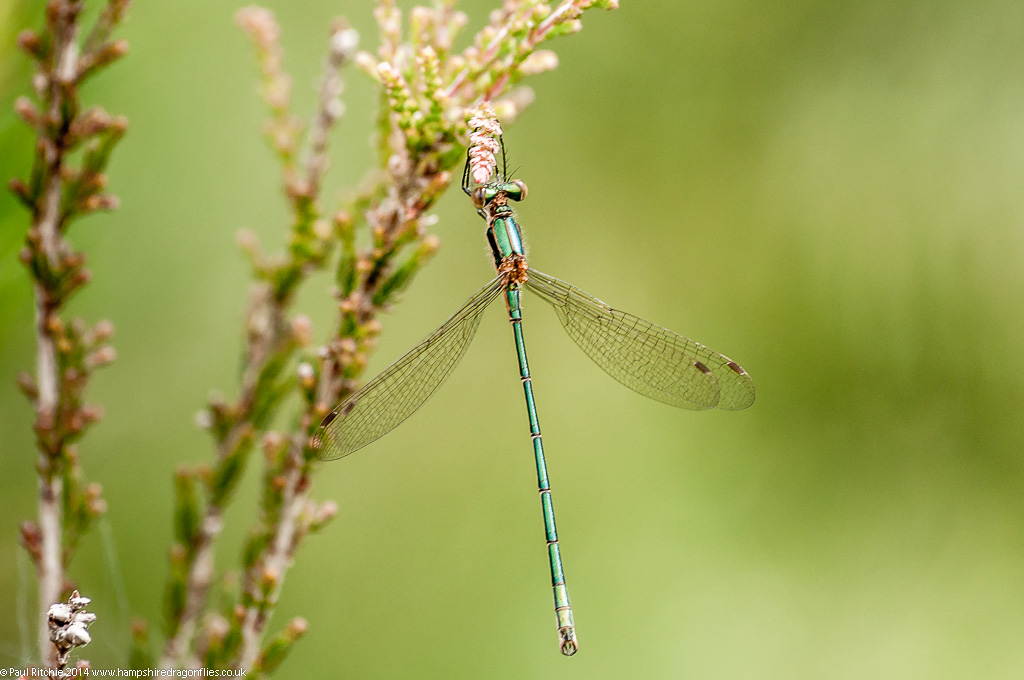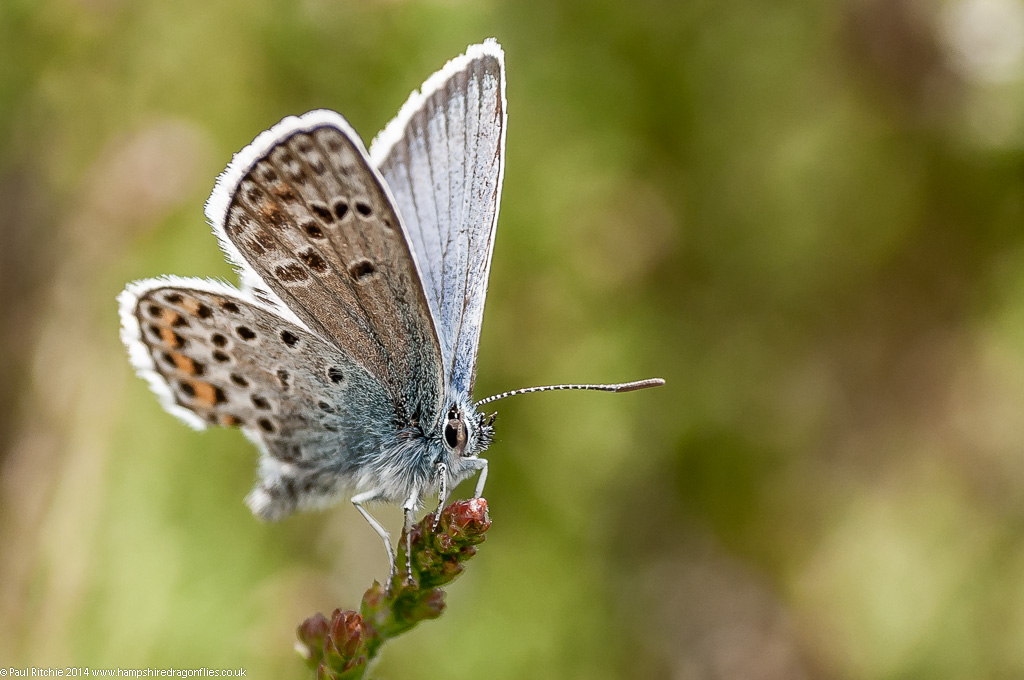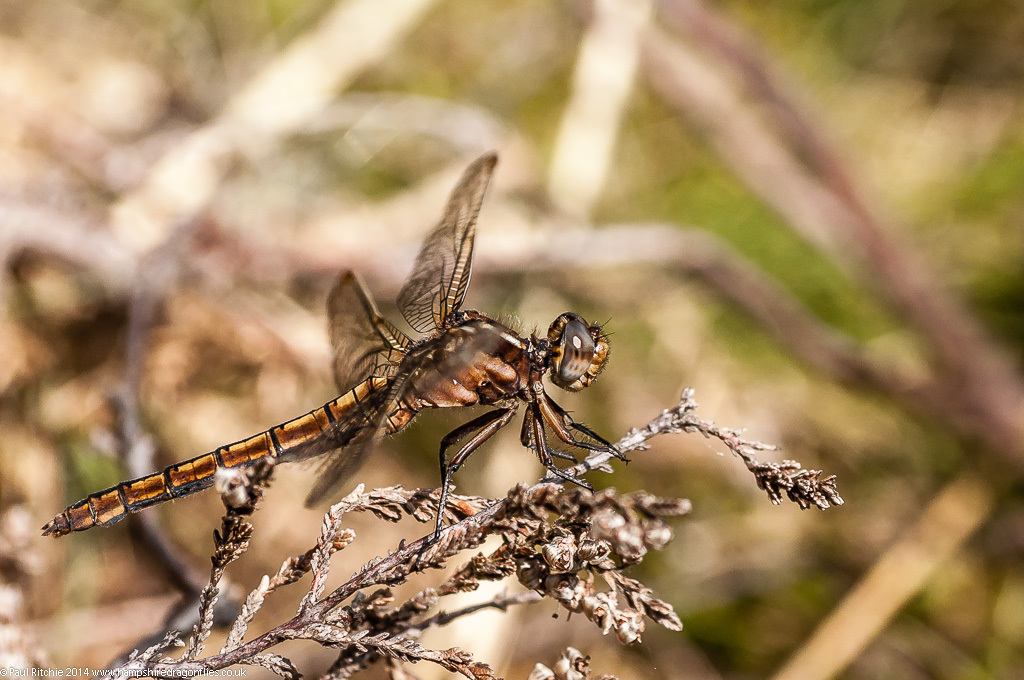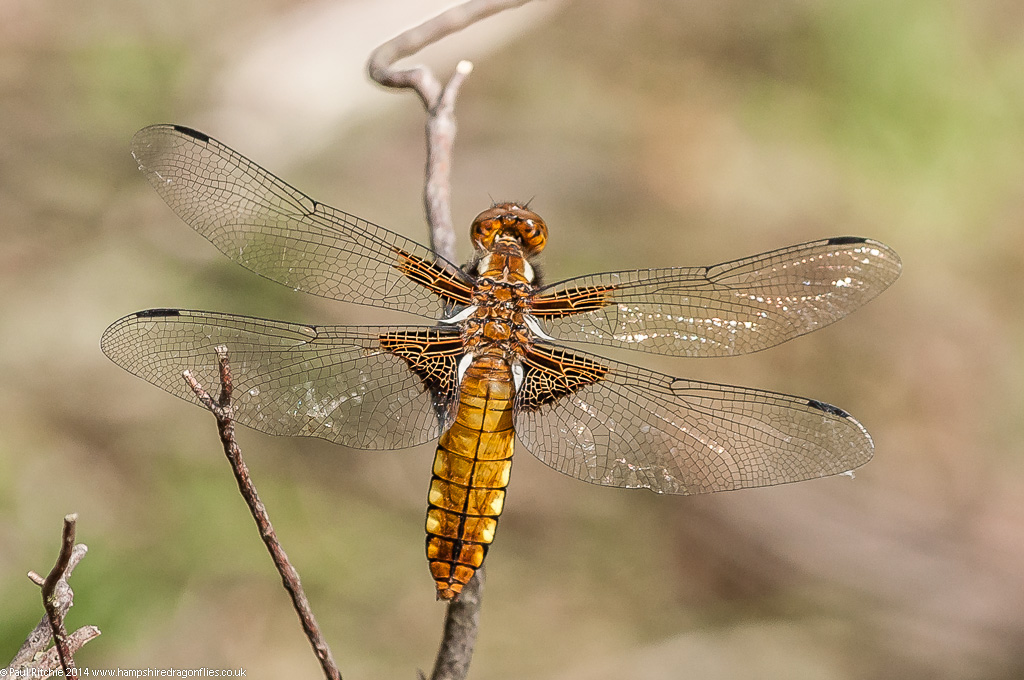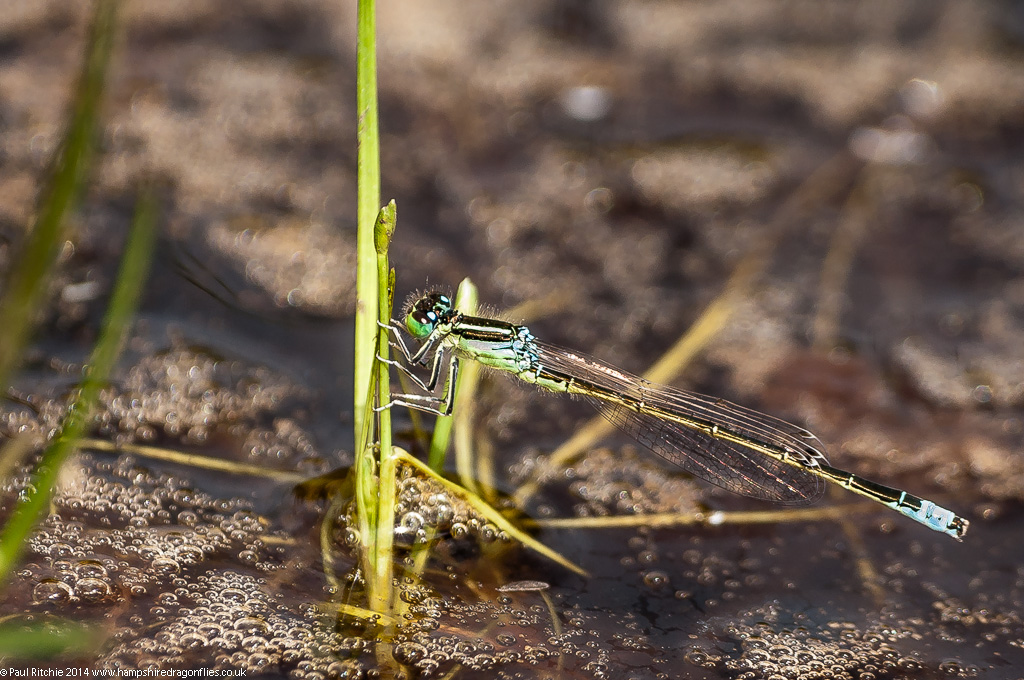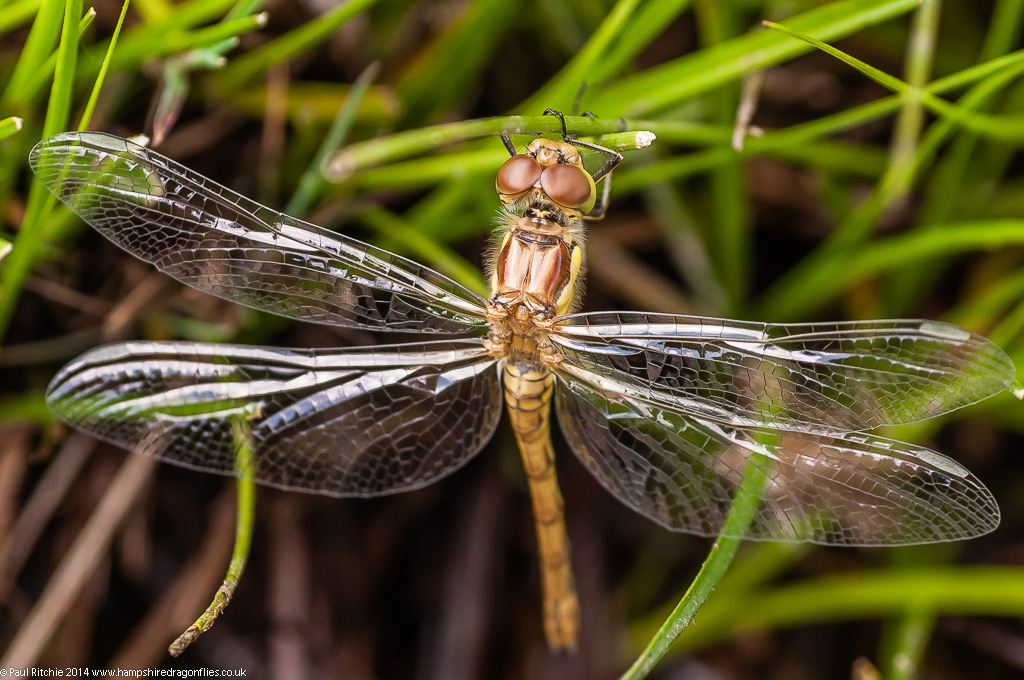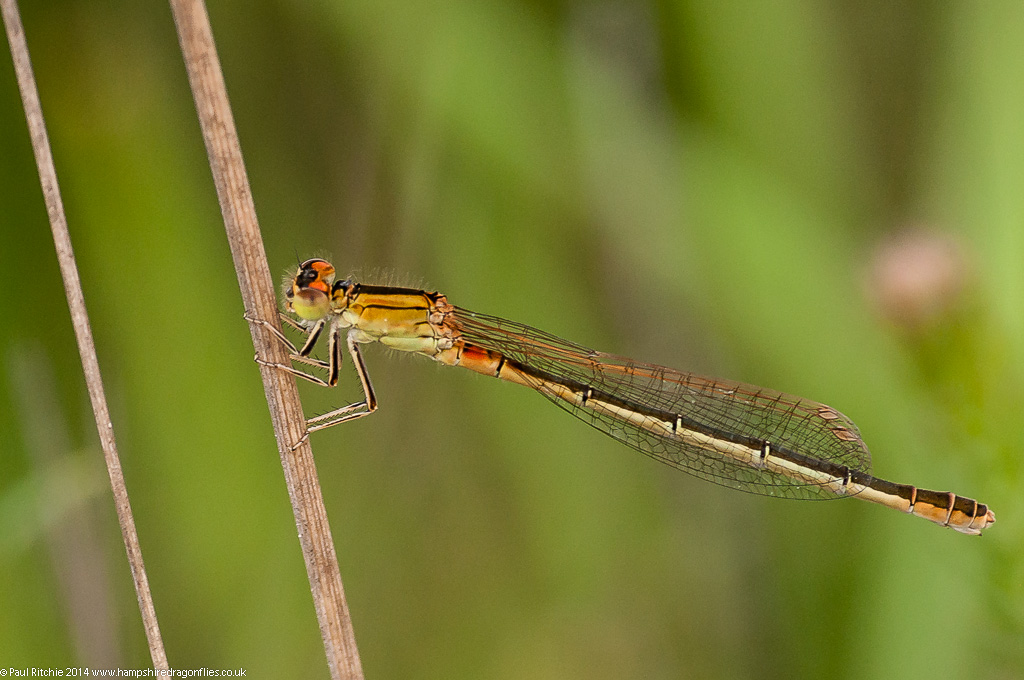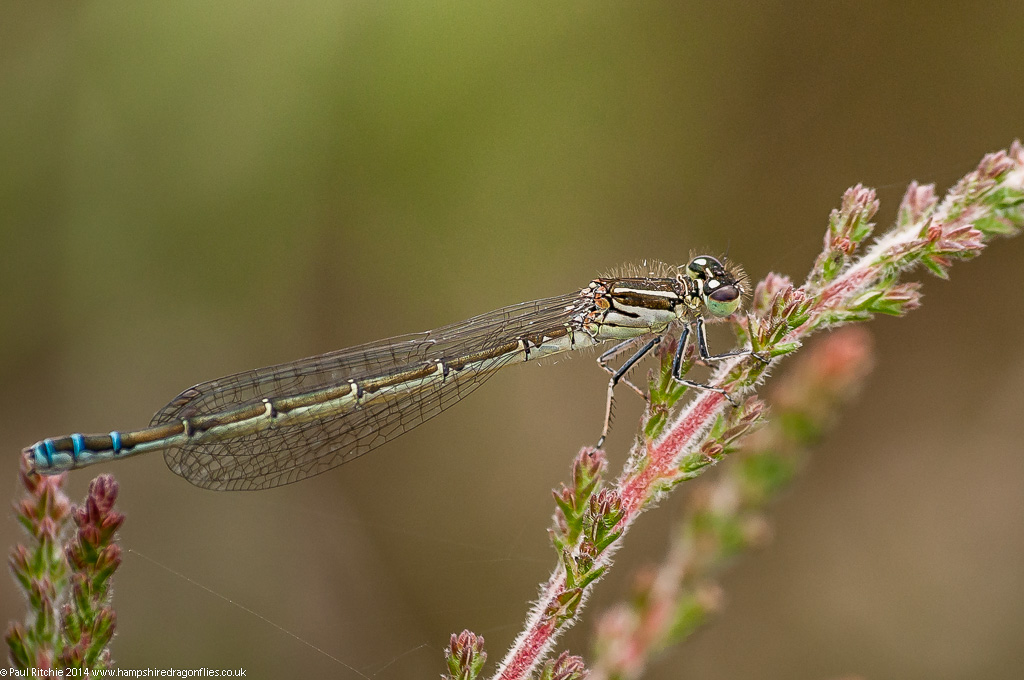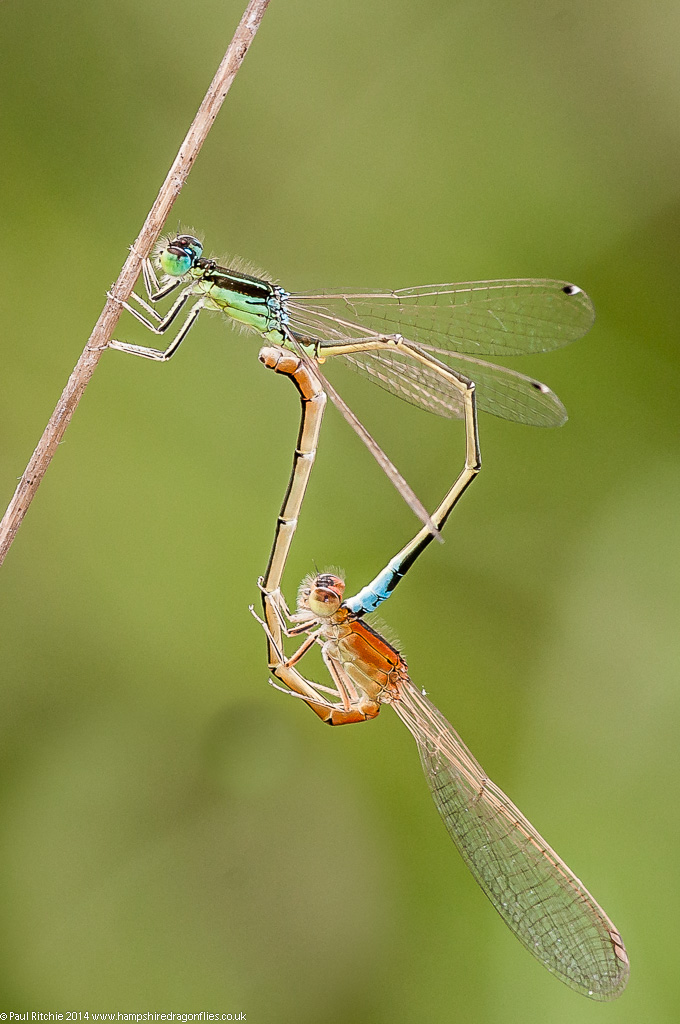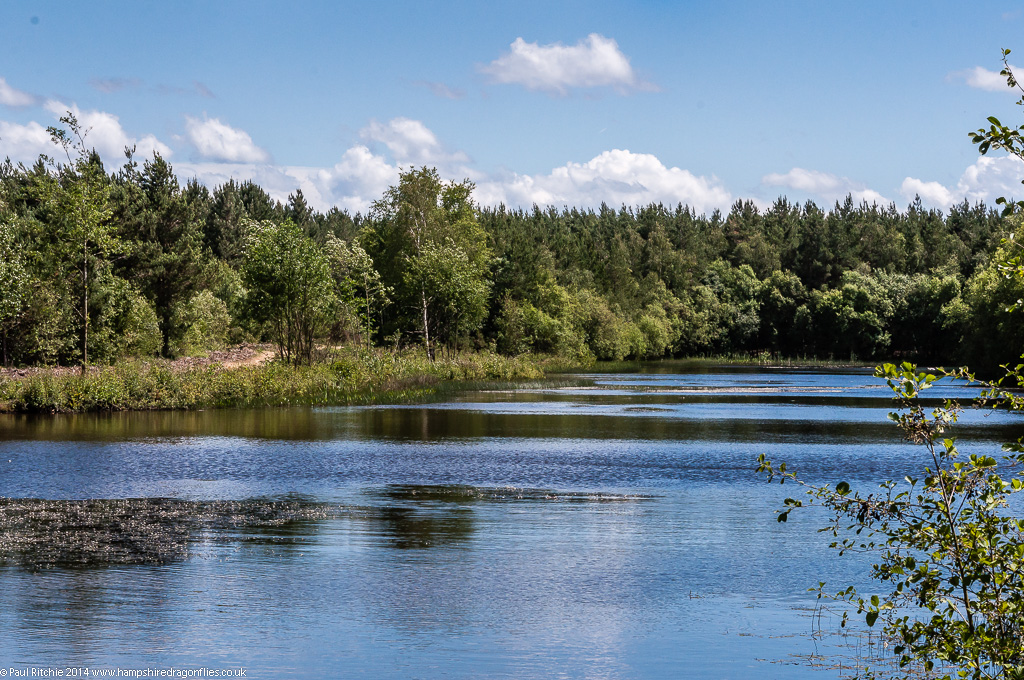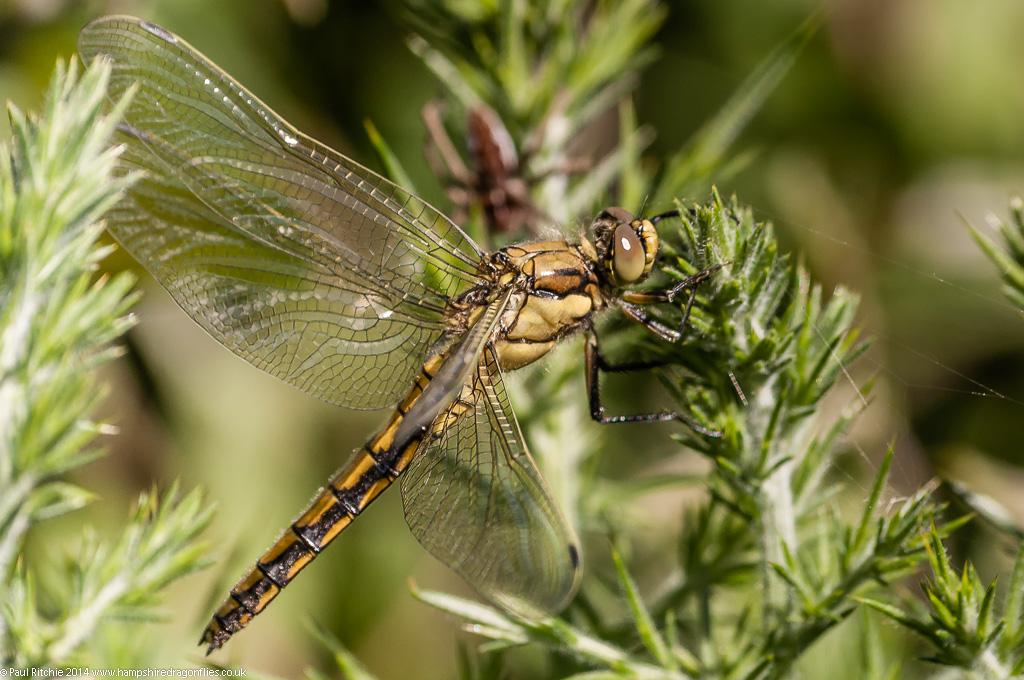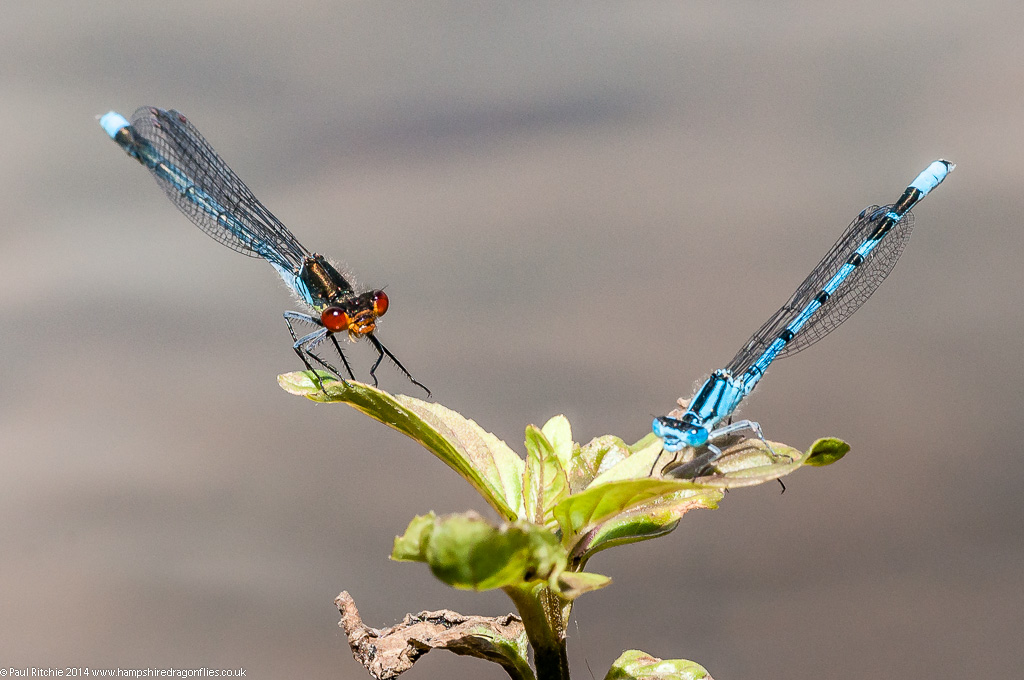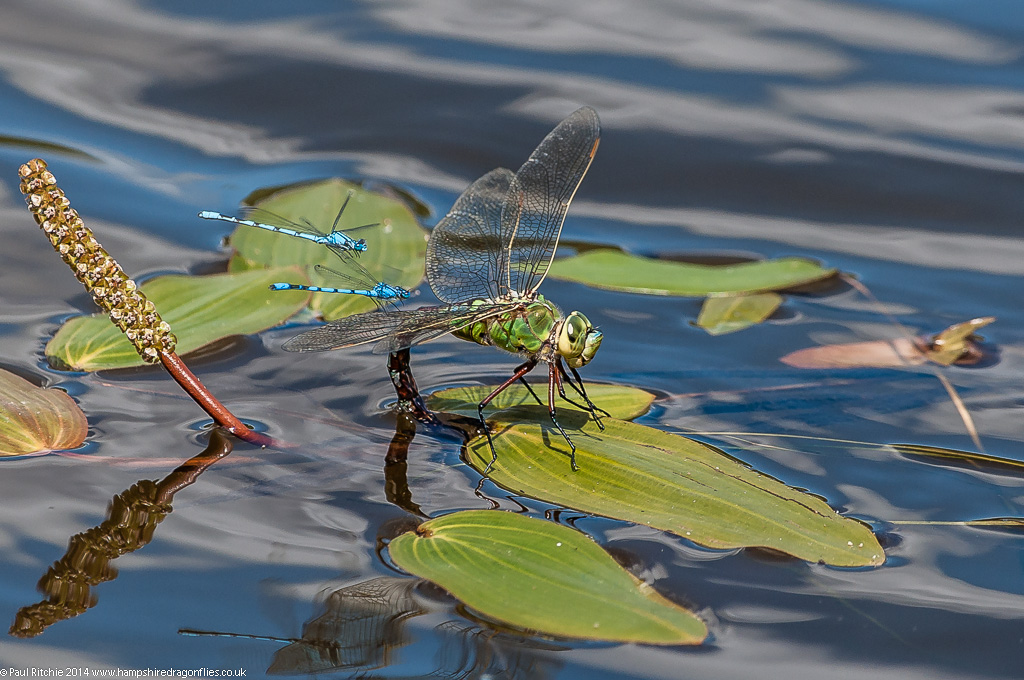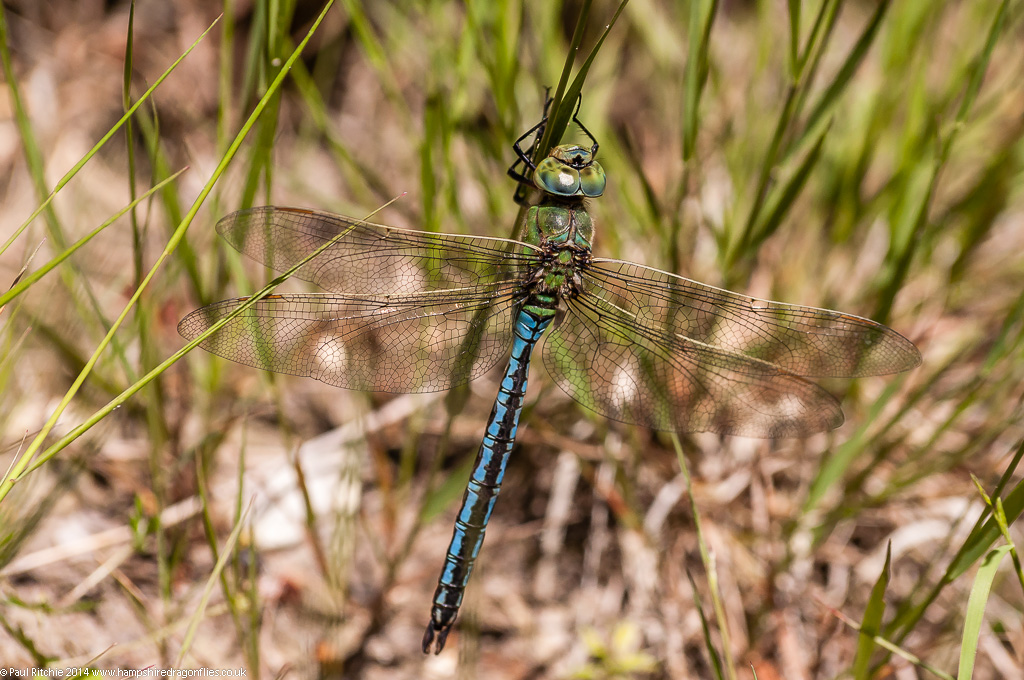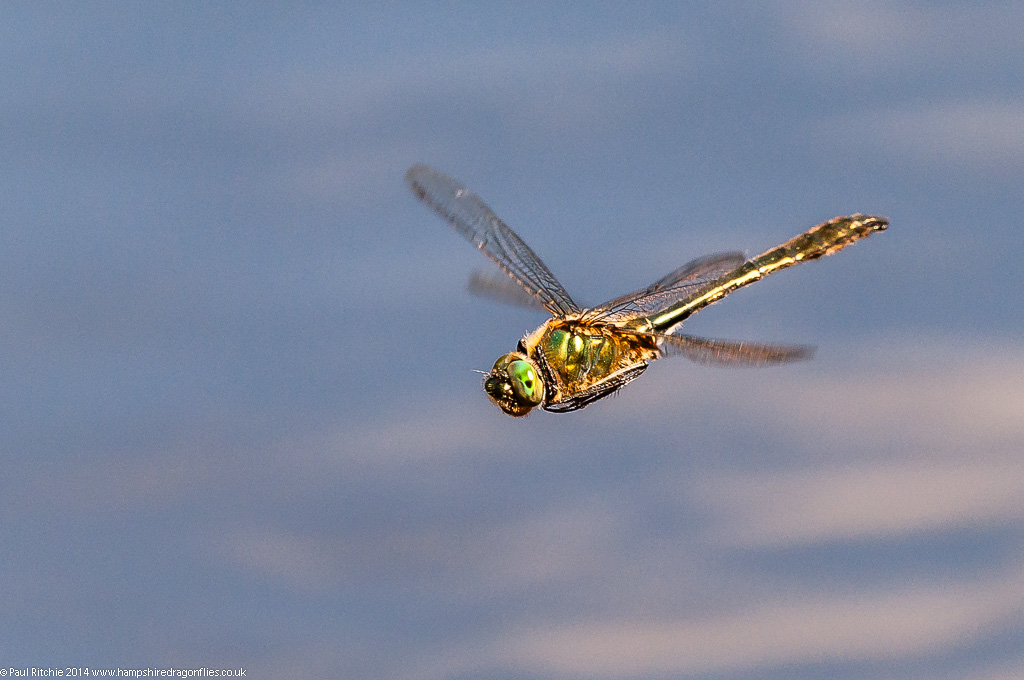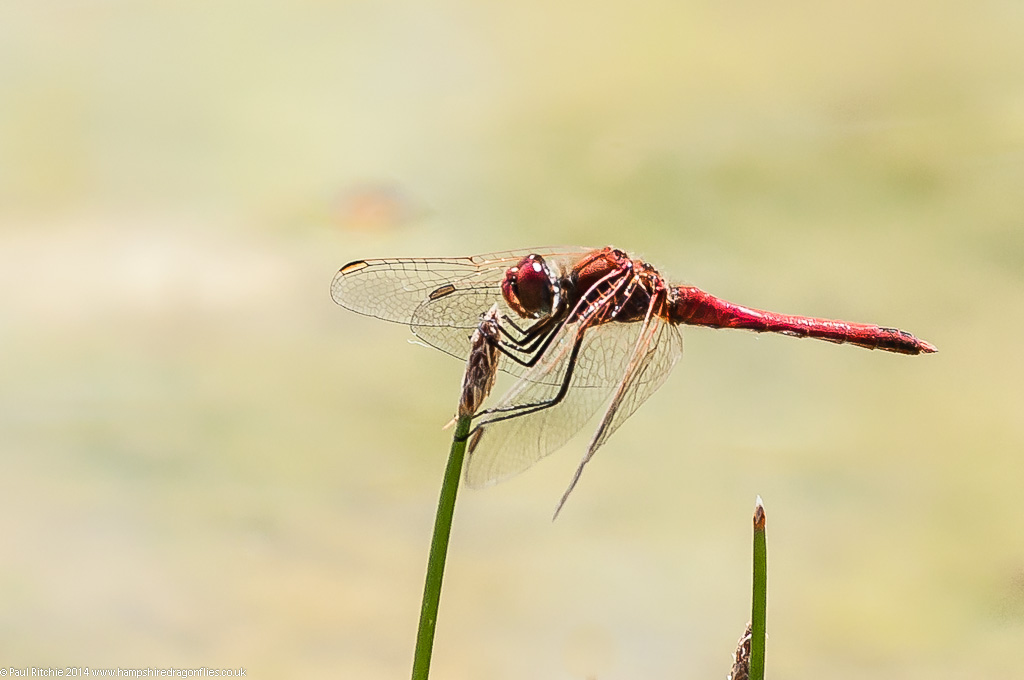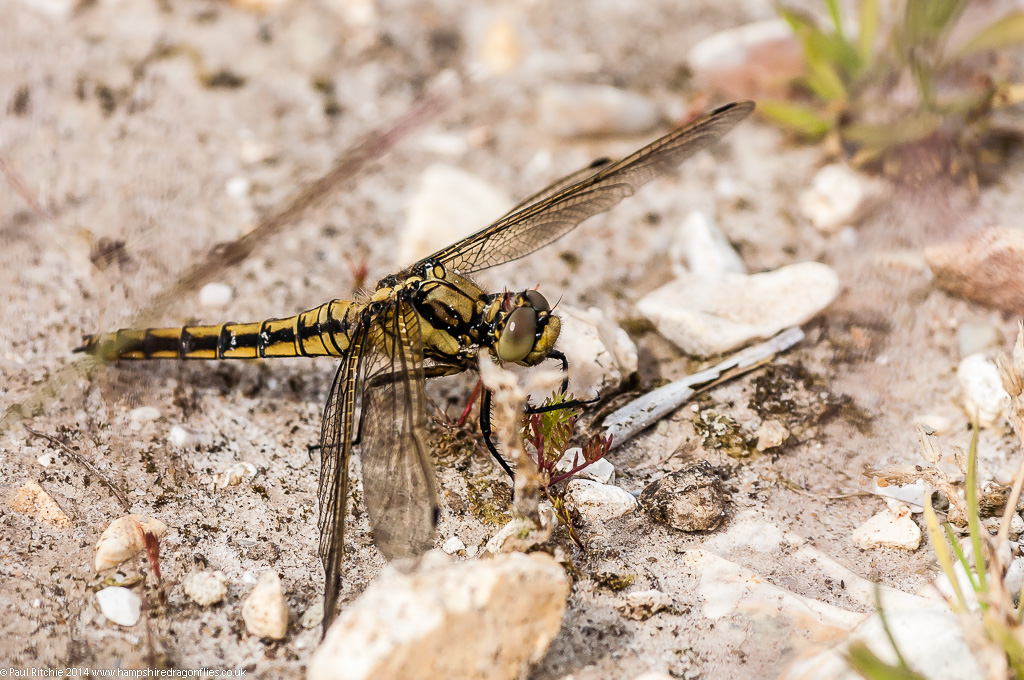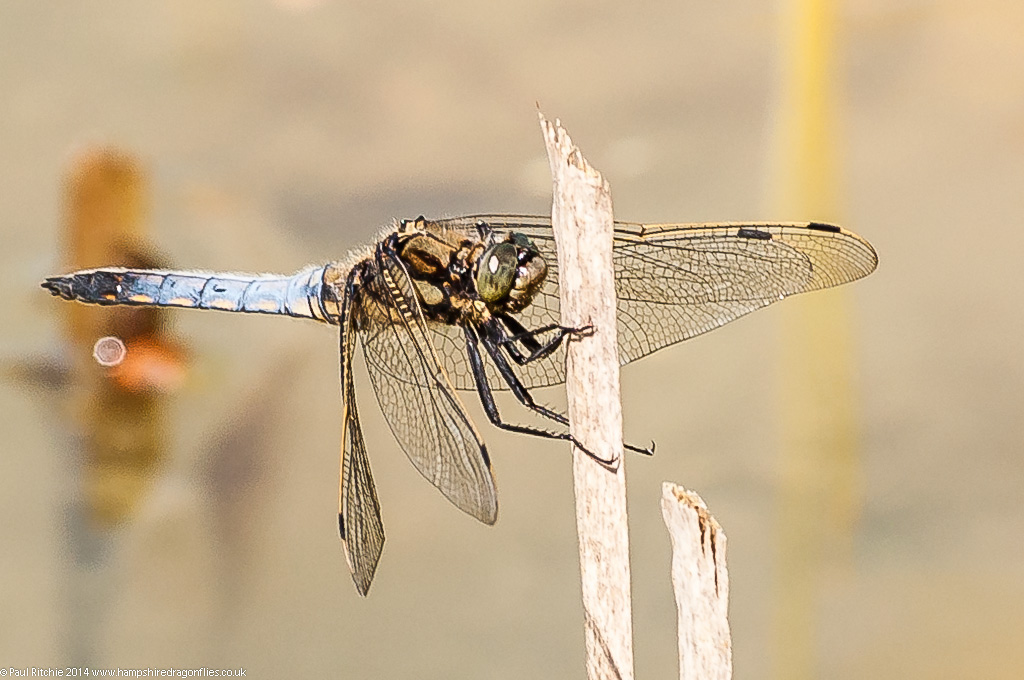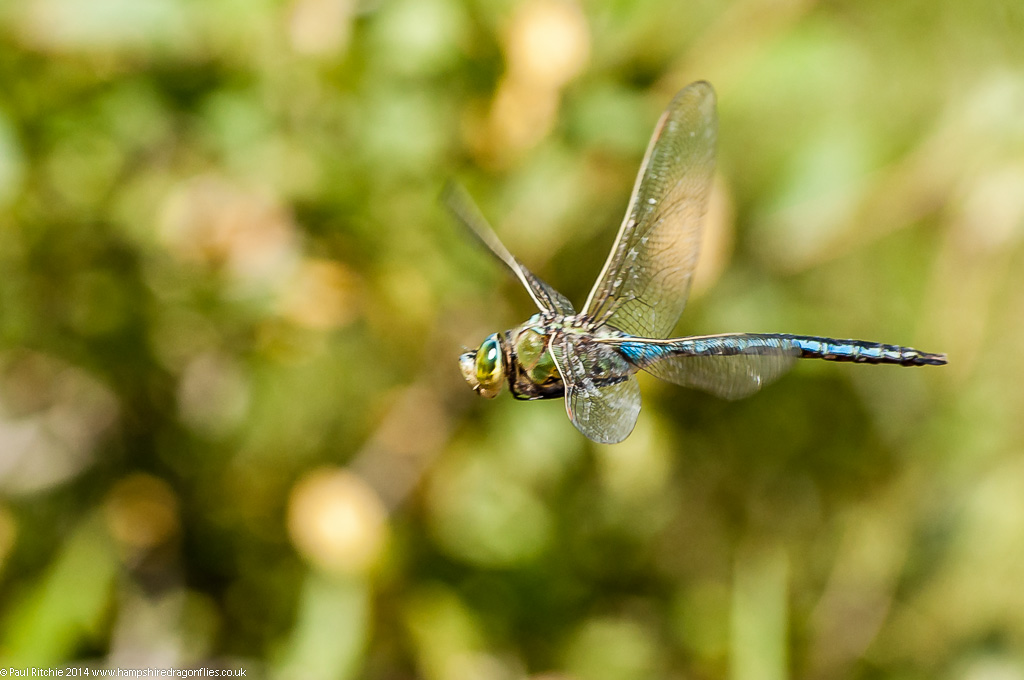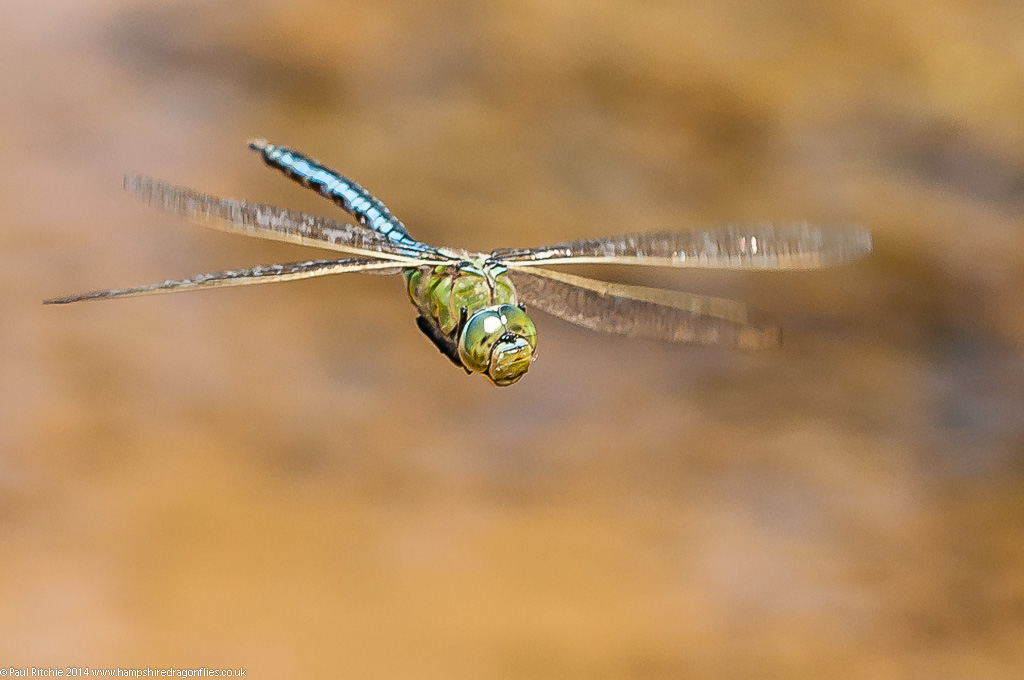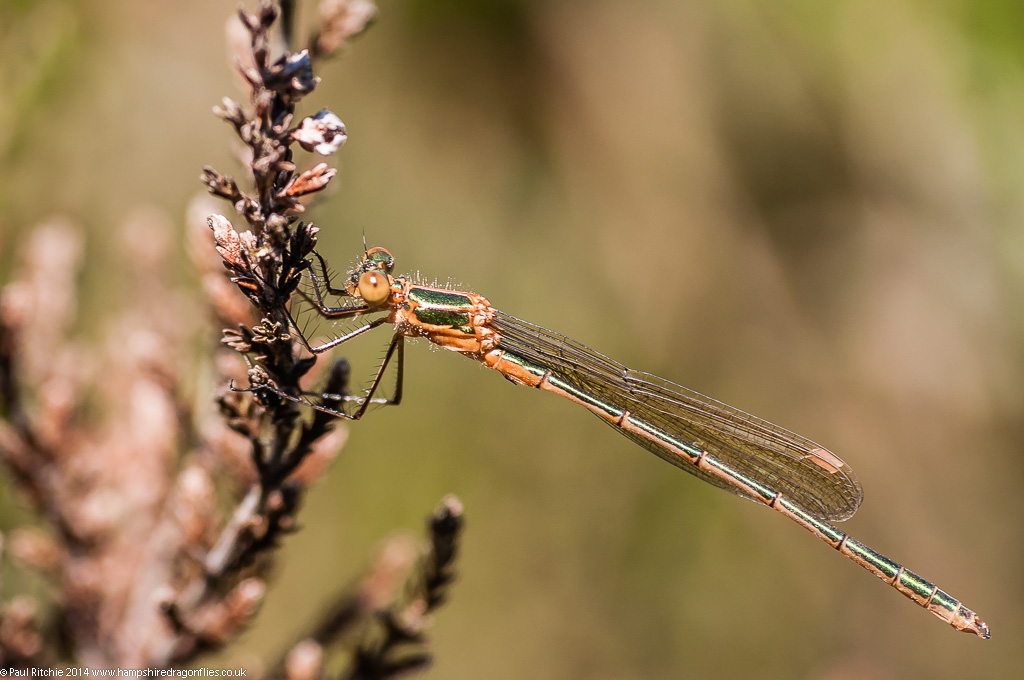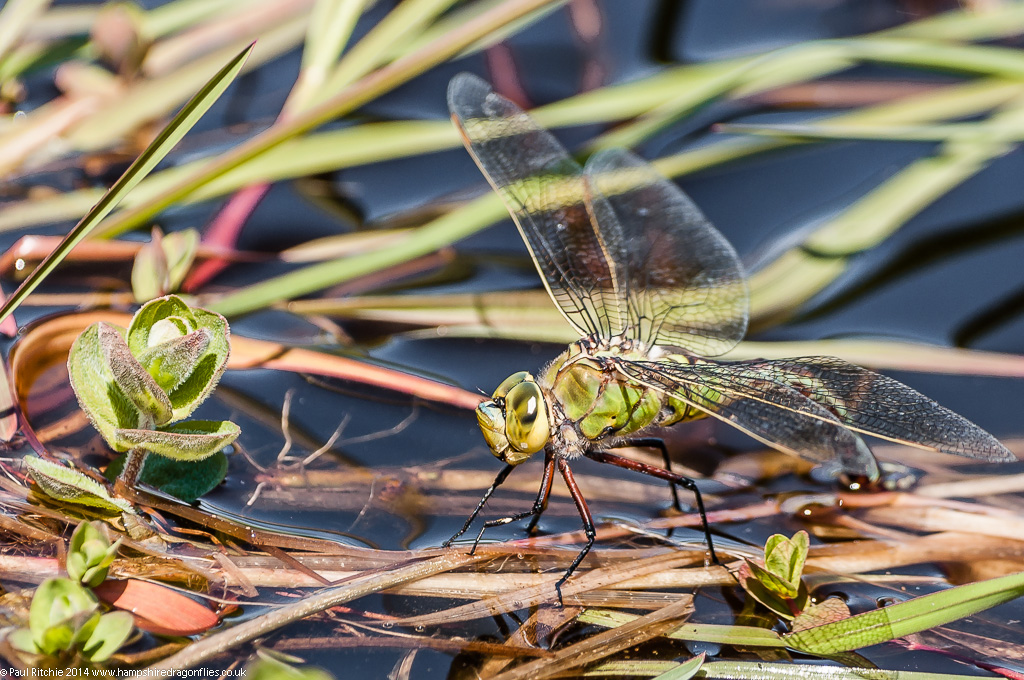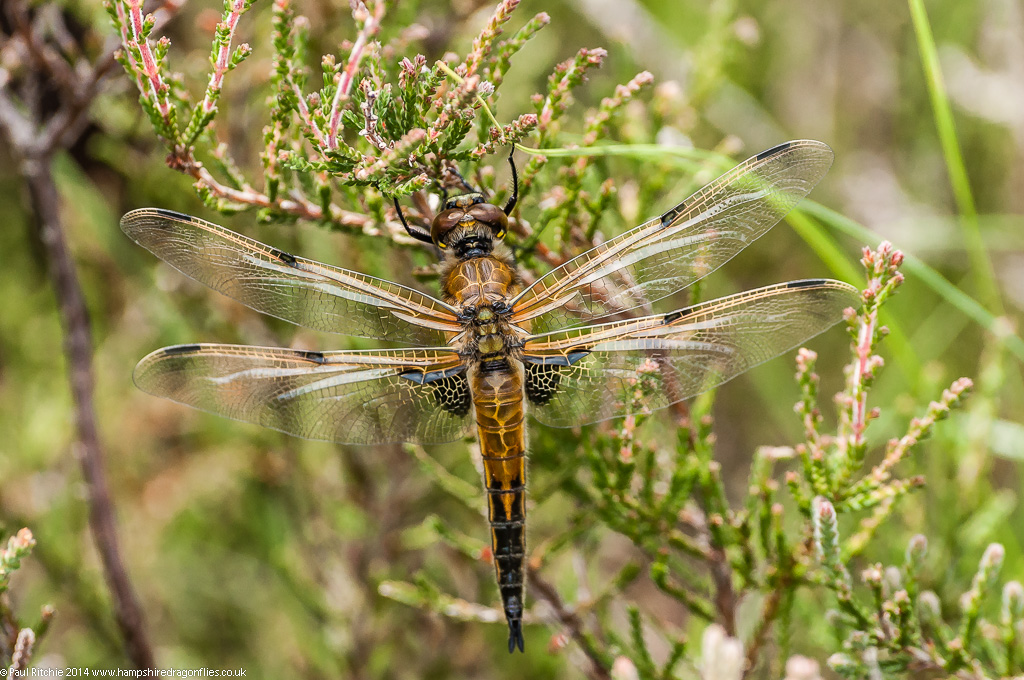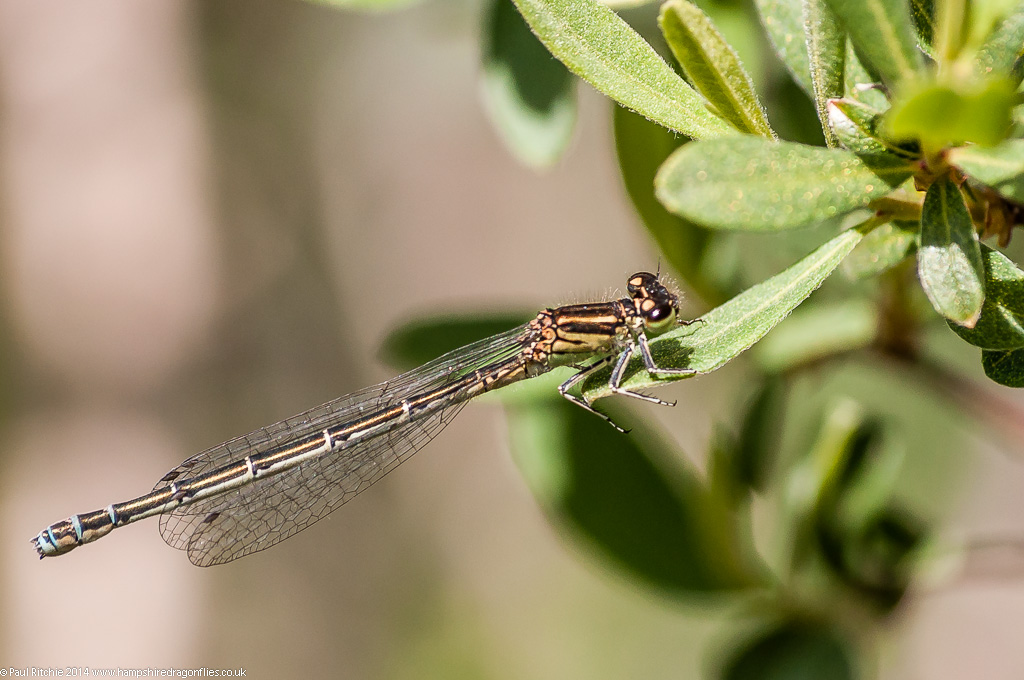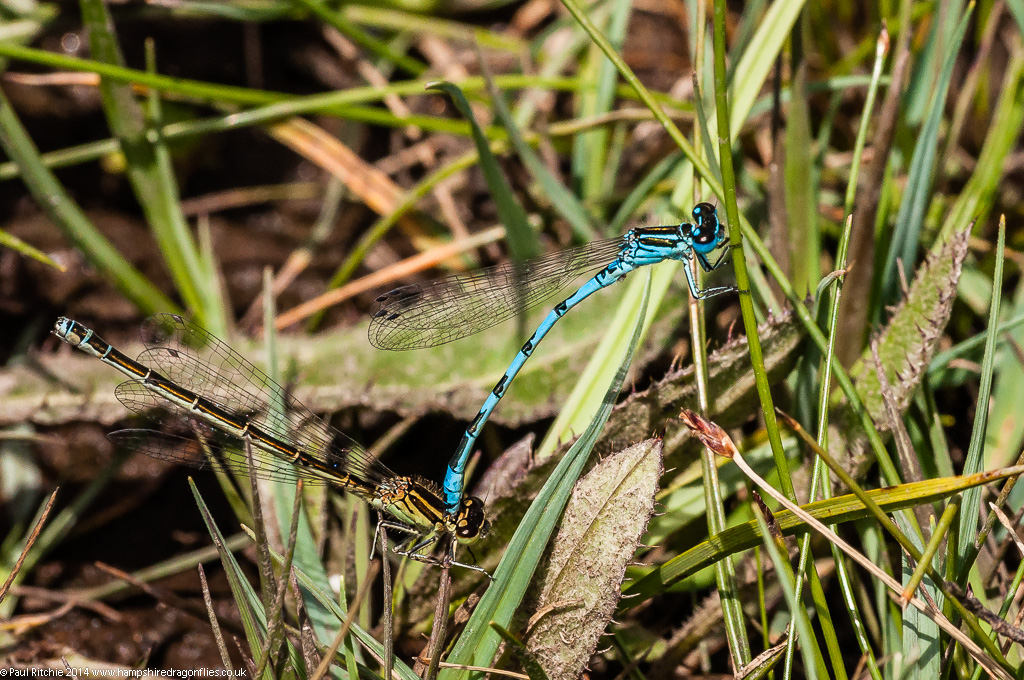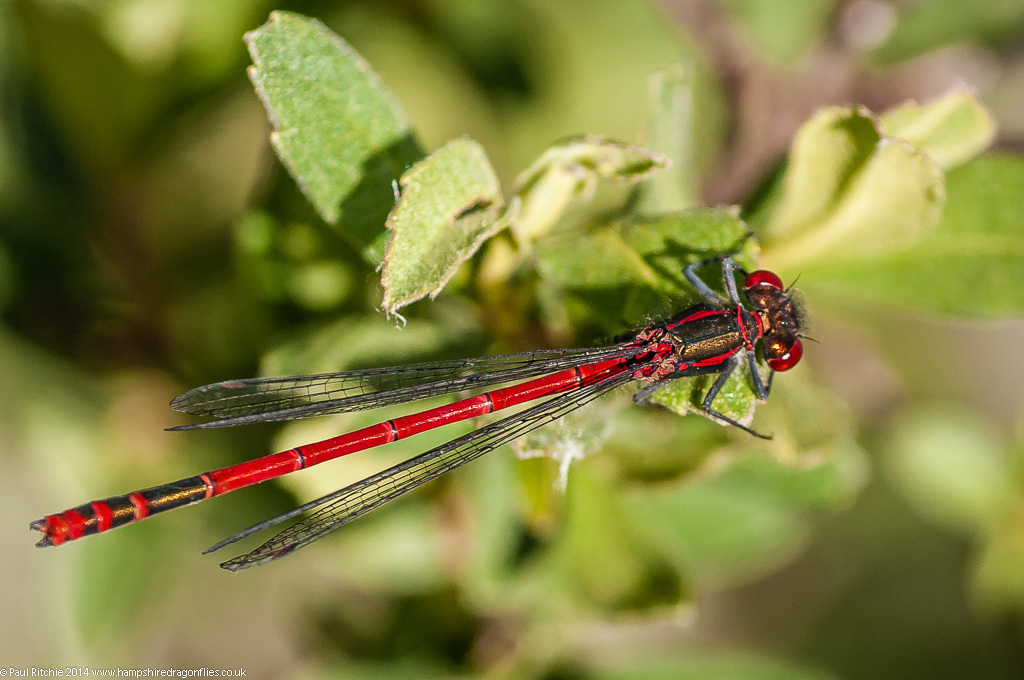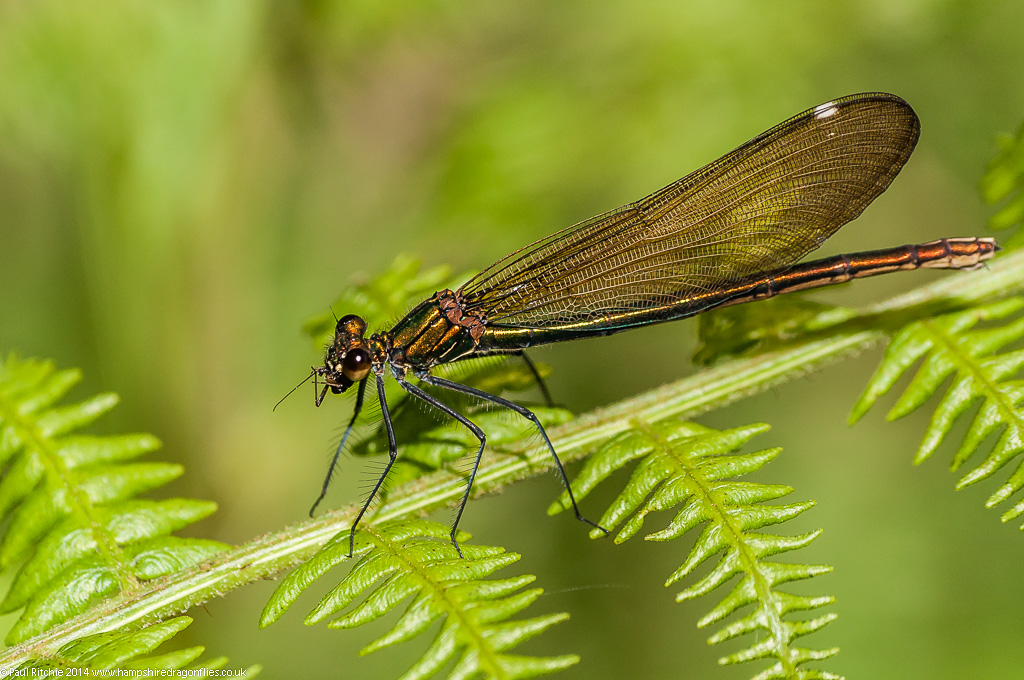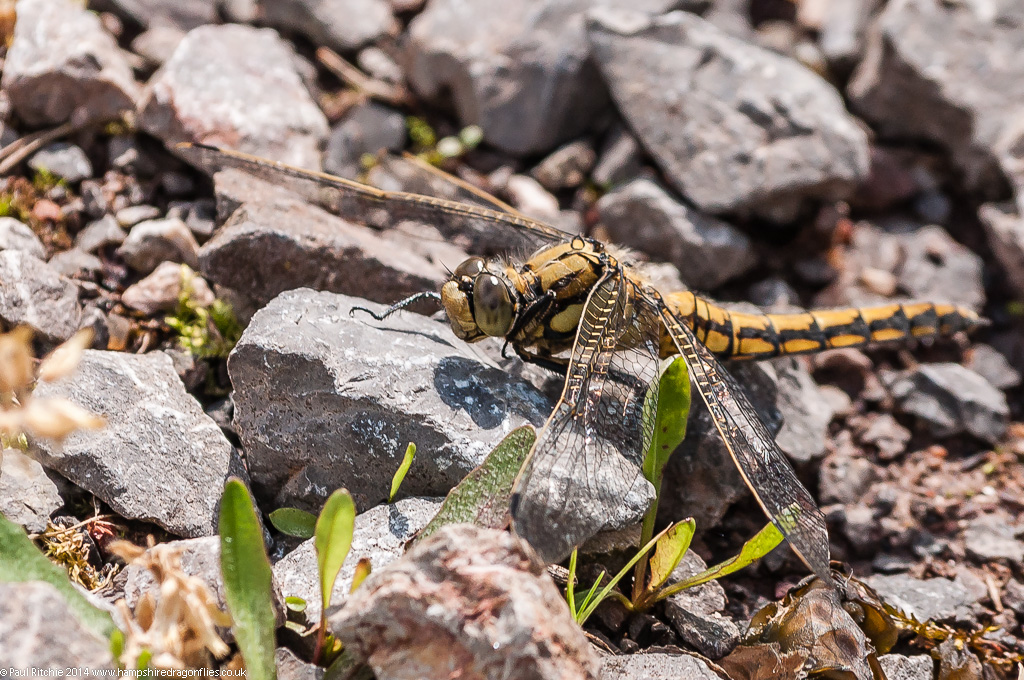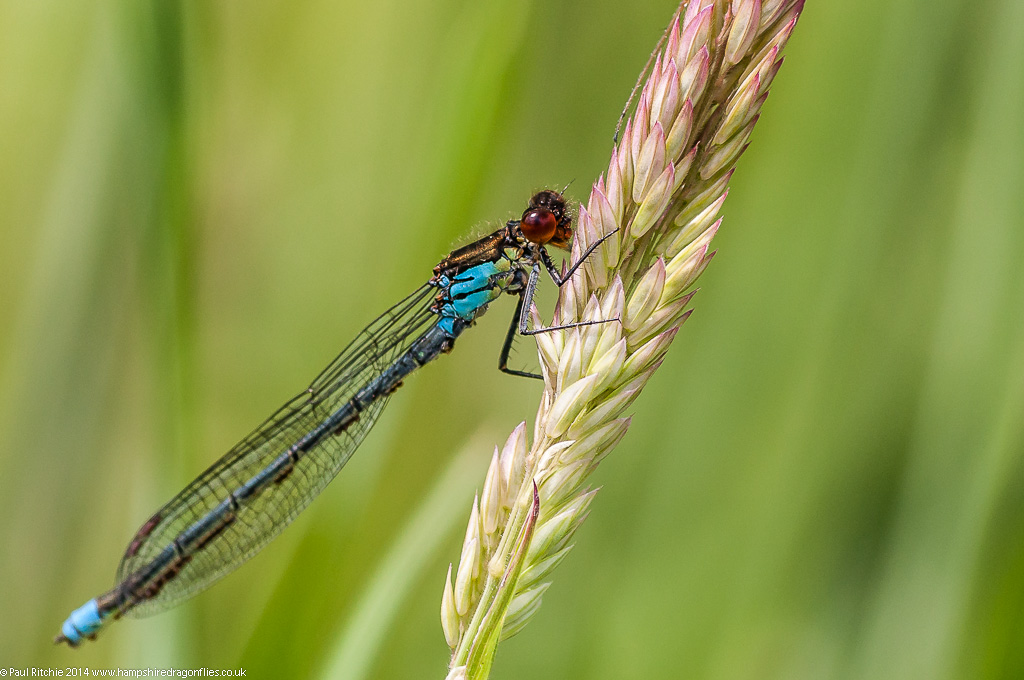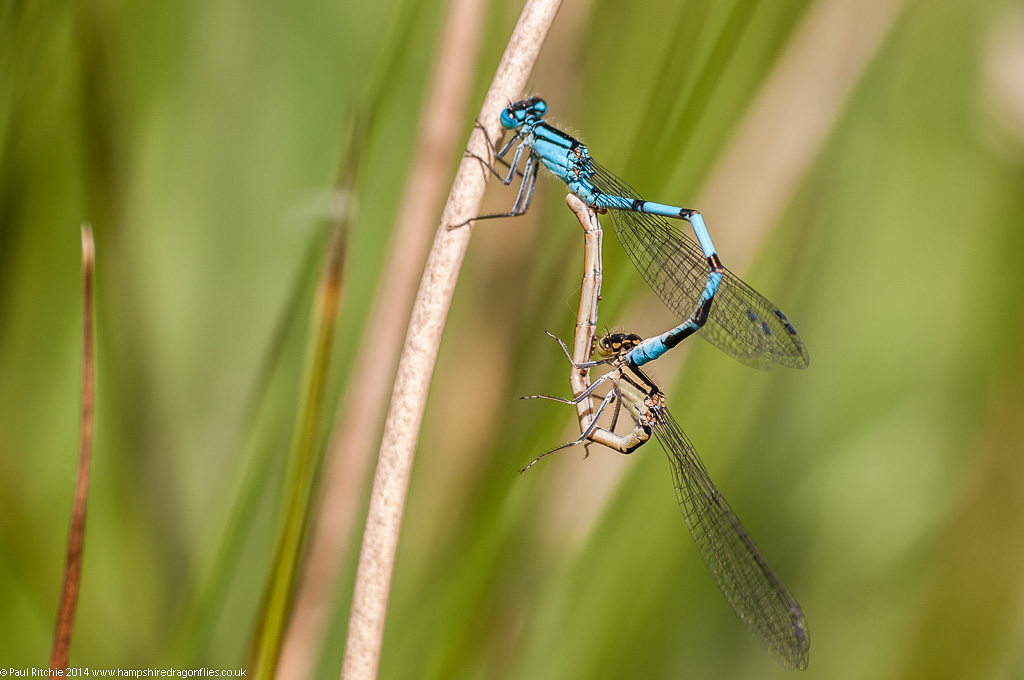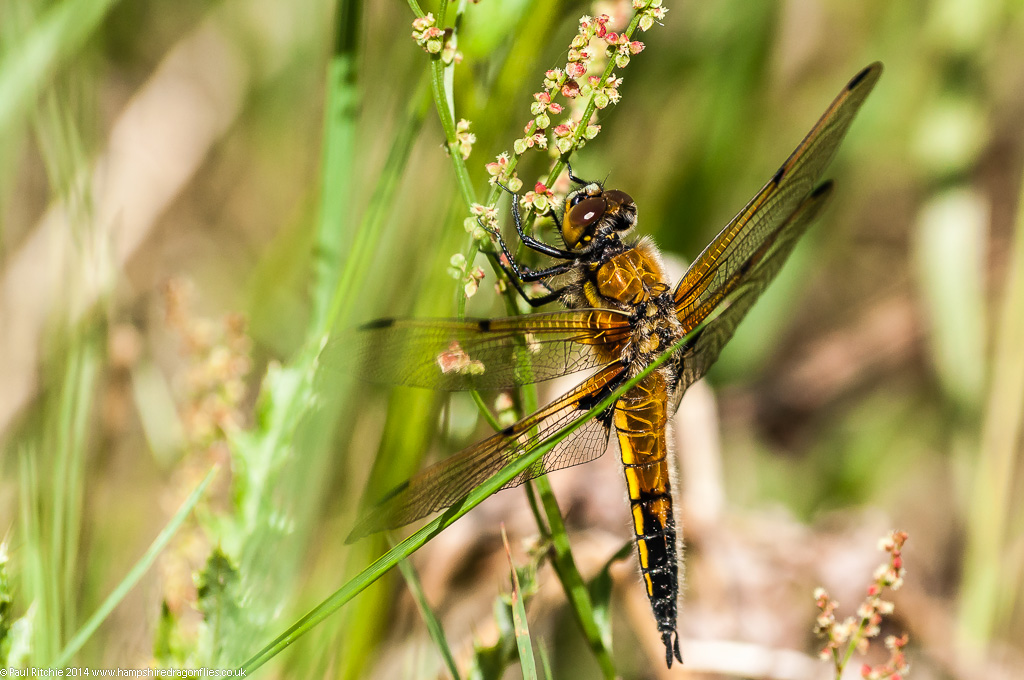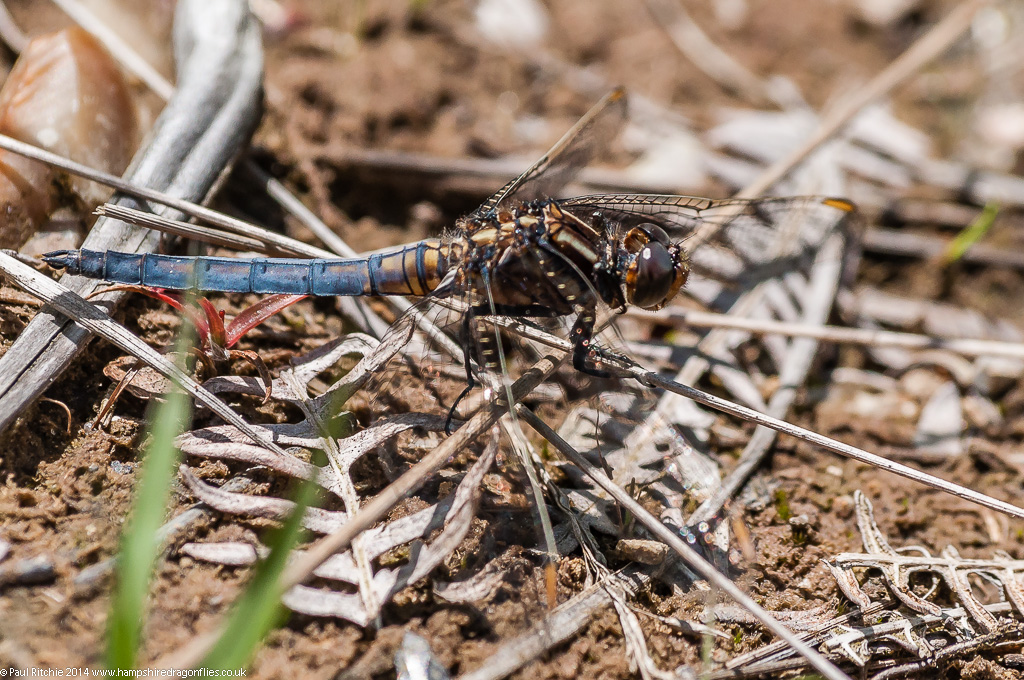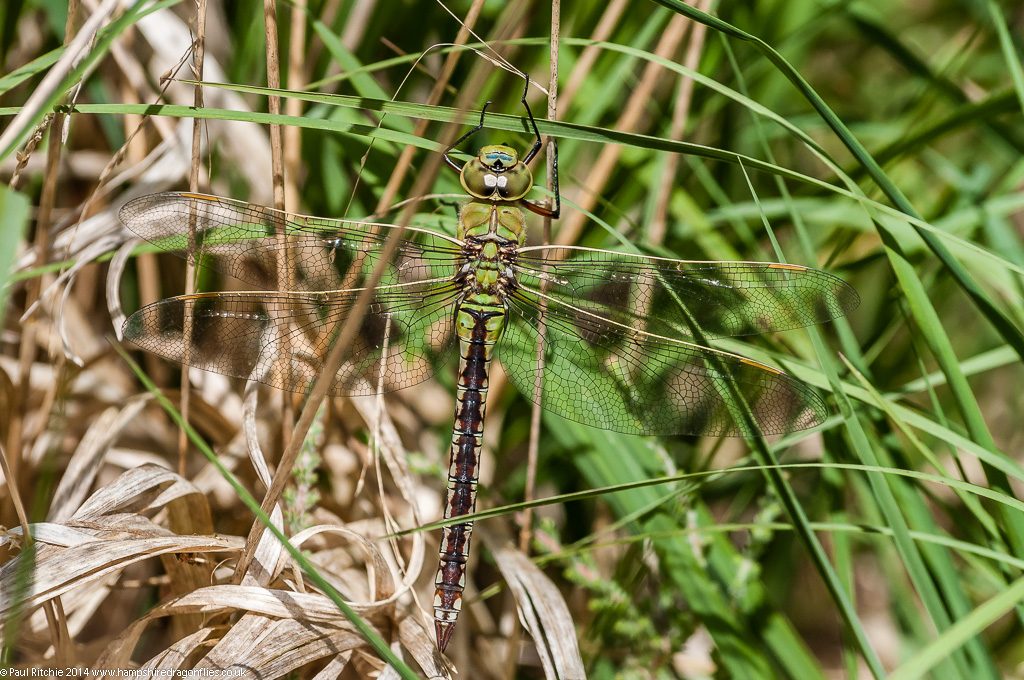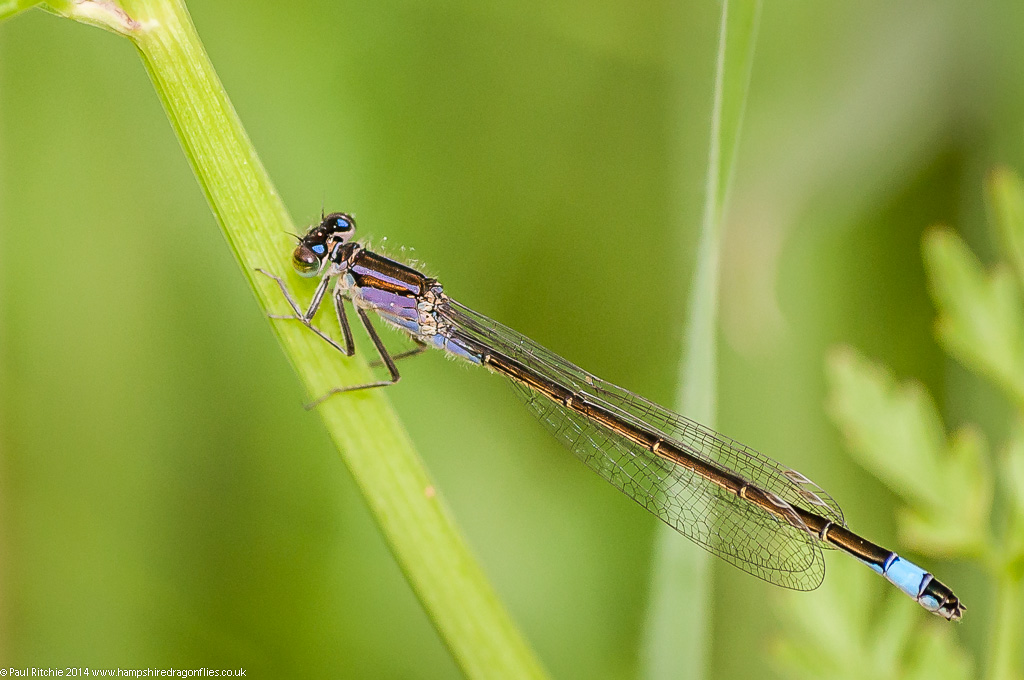Since My first posting this season of the Scarce Blue-tailed at Latchmore I’ve been another three times. Here are the highlights.
Sunday 15th June
A chance to meet up for a full day with Doug is always welcome, and we got stuck in for a good seven hours or so, rooting through the heather and bending in positions no middle-aged men should ever consider.
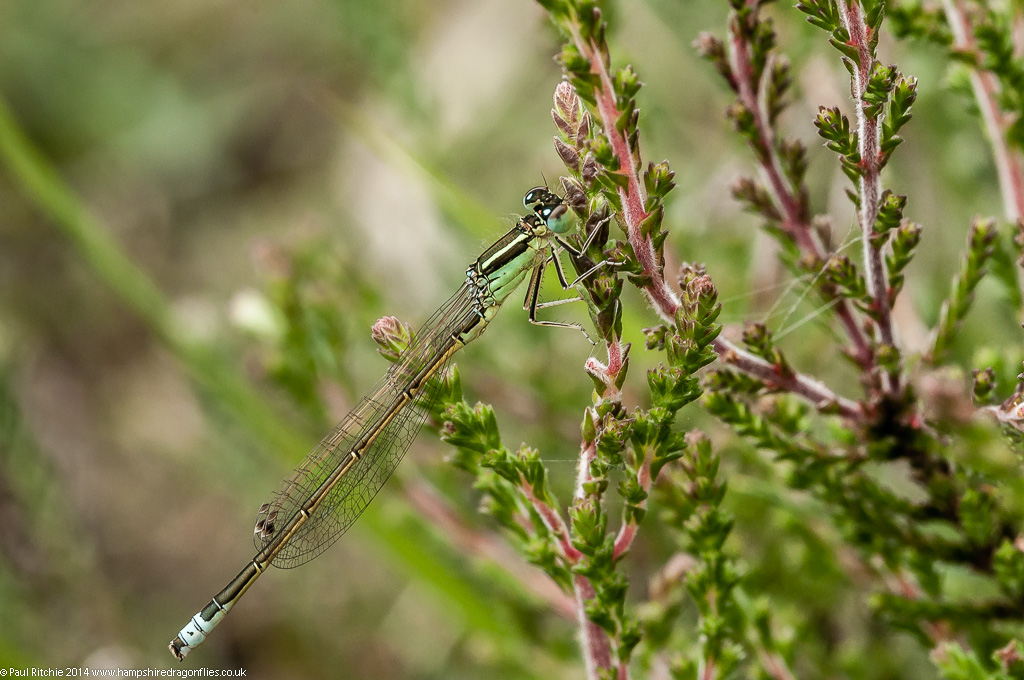
We were well blessed with a good selection of Scarce Blue-tailed, Small Red and Southern damselflies, the best opportunities found ‘off water’.
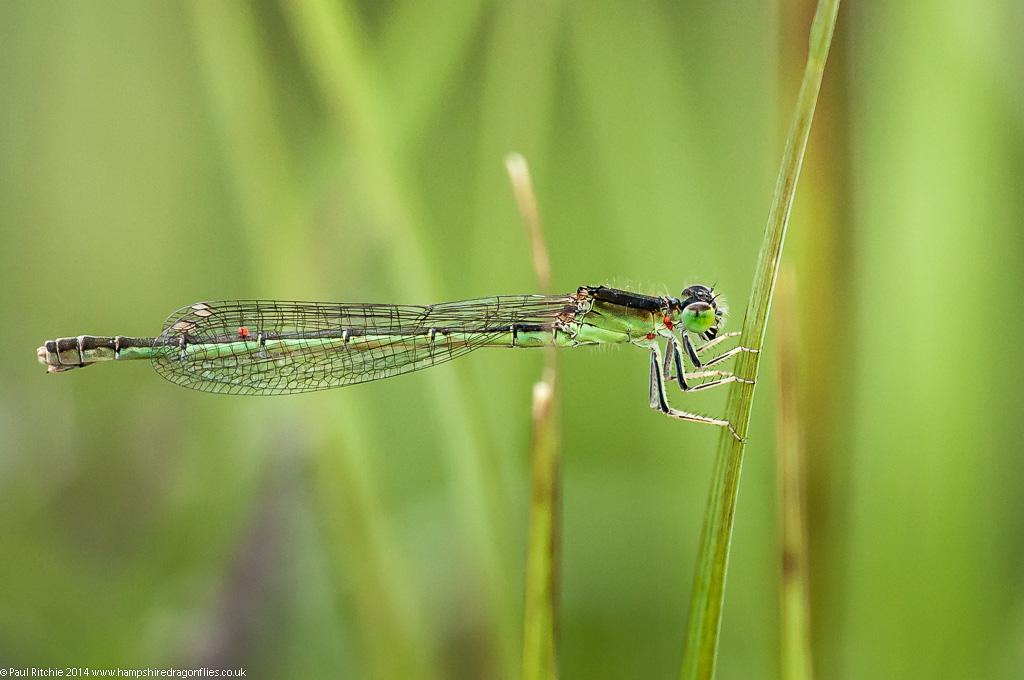
As you will probably notice from the above photo, a good few of the damsels in this location suffer from a mite infestation. Now the picky could opt to ‘photoshop’ the offending blighters out, but this is nature and they’re staying put. Interestingly the females appear to suffer much more than the males.
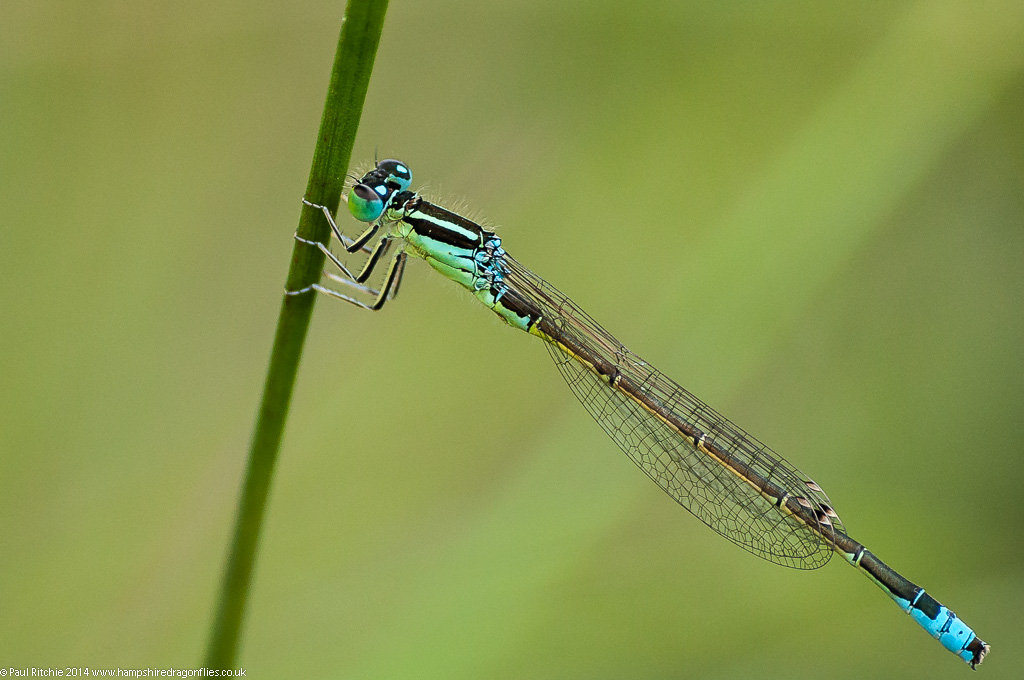
Thankfully the aurantiaca were mite-free.
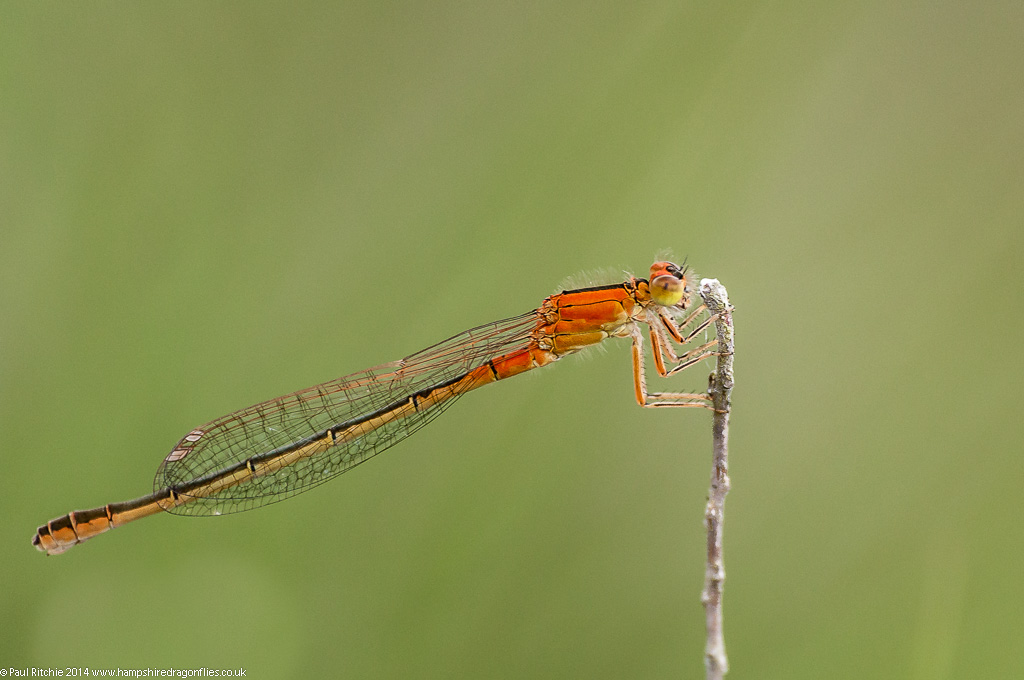
Doug was particularly hoping to find a female Southern Damselfly for some video footage, and this beautiful green-form female offered a good opportunity.
Sunday 22nd June
The following Sunday I led a trip for Marc Heath, who had made the long journey from west Kent to connect with SBT and Southern. and after stopping for some Golden-ringed moments we were soon joined by a few more Odo enthusiasts – including Colin Plumpfret who had driven from North Lincolnshire.
The male SBT were in good attendance in the upper flushes, and while we were searching through the heather the Small Red offered some excellent opportunities.
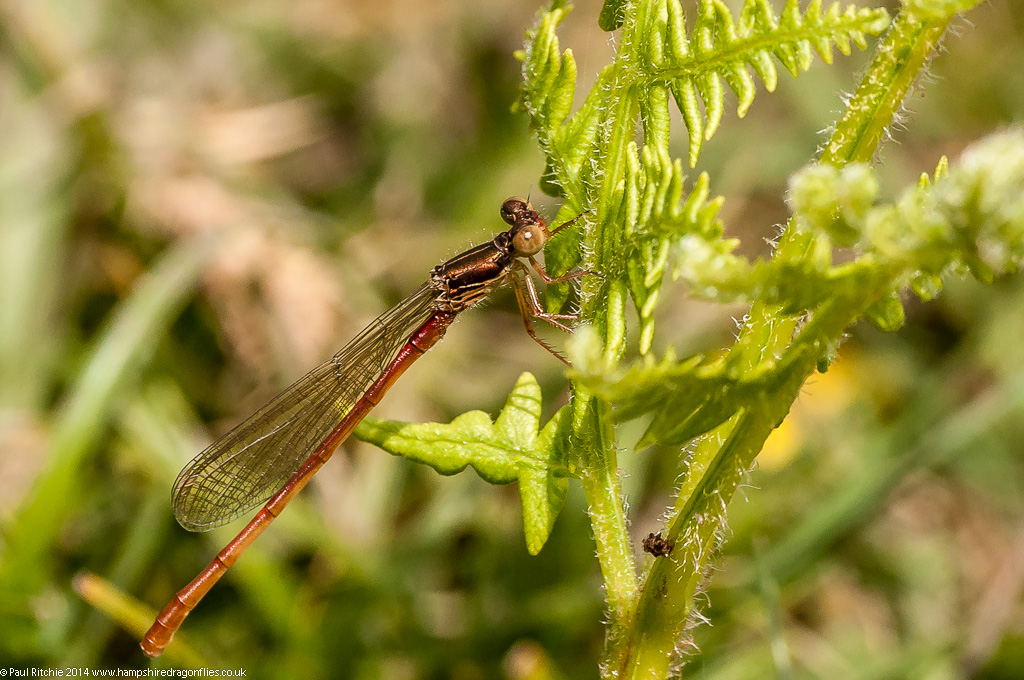
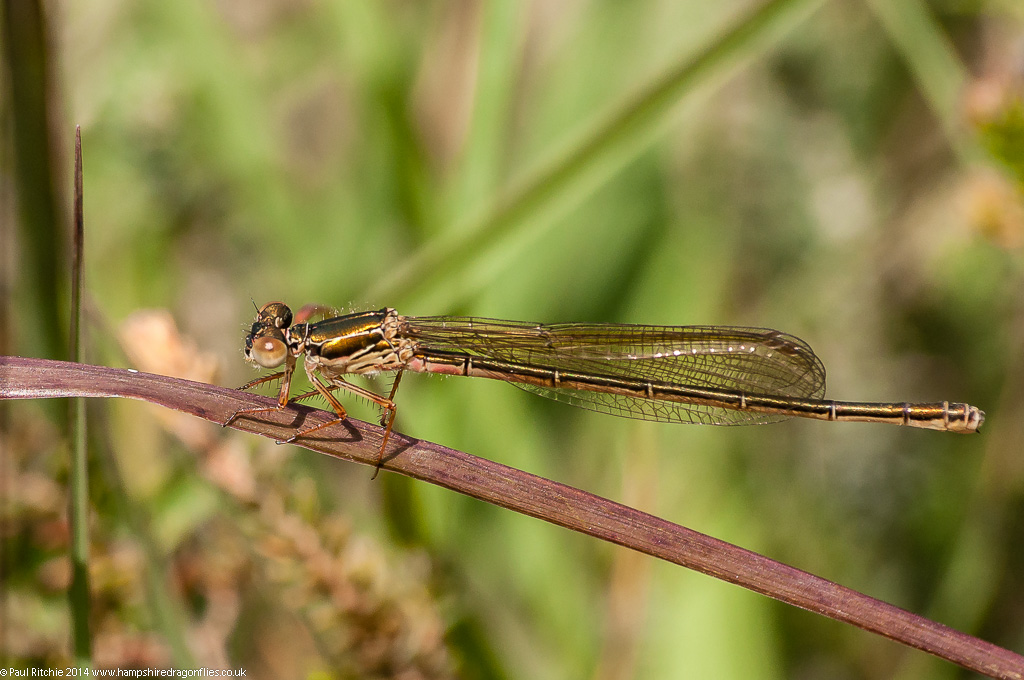
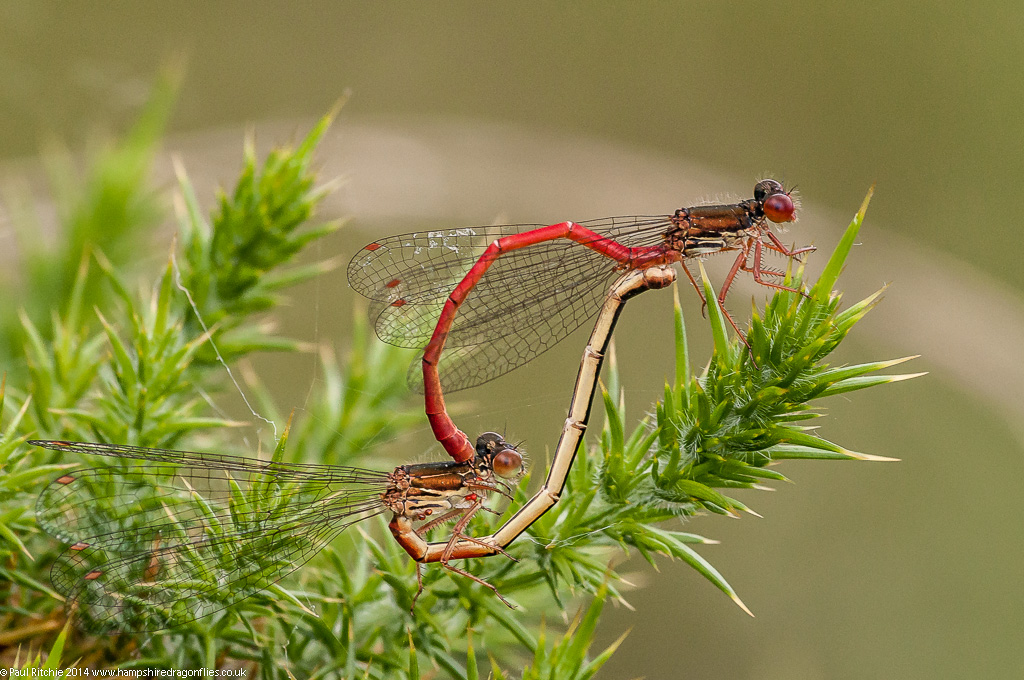
Despite the occasional cloud cover, we had more than enough Scarce Blue-tailed sightings including the sought-after aurantiaca form and even a mating pair.
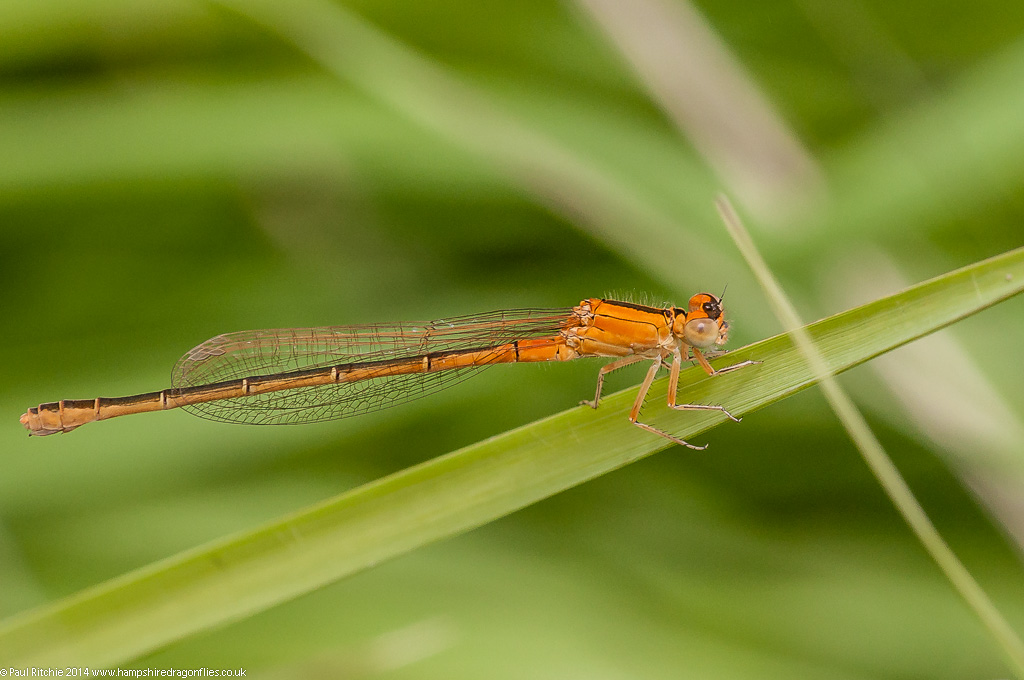
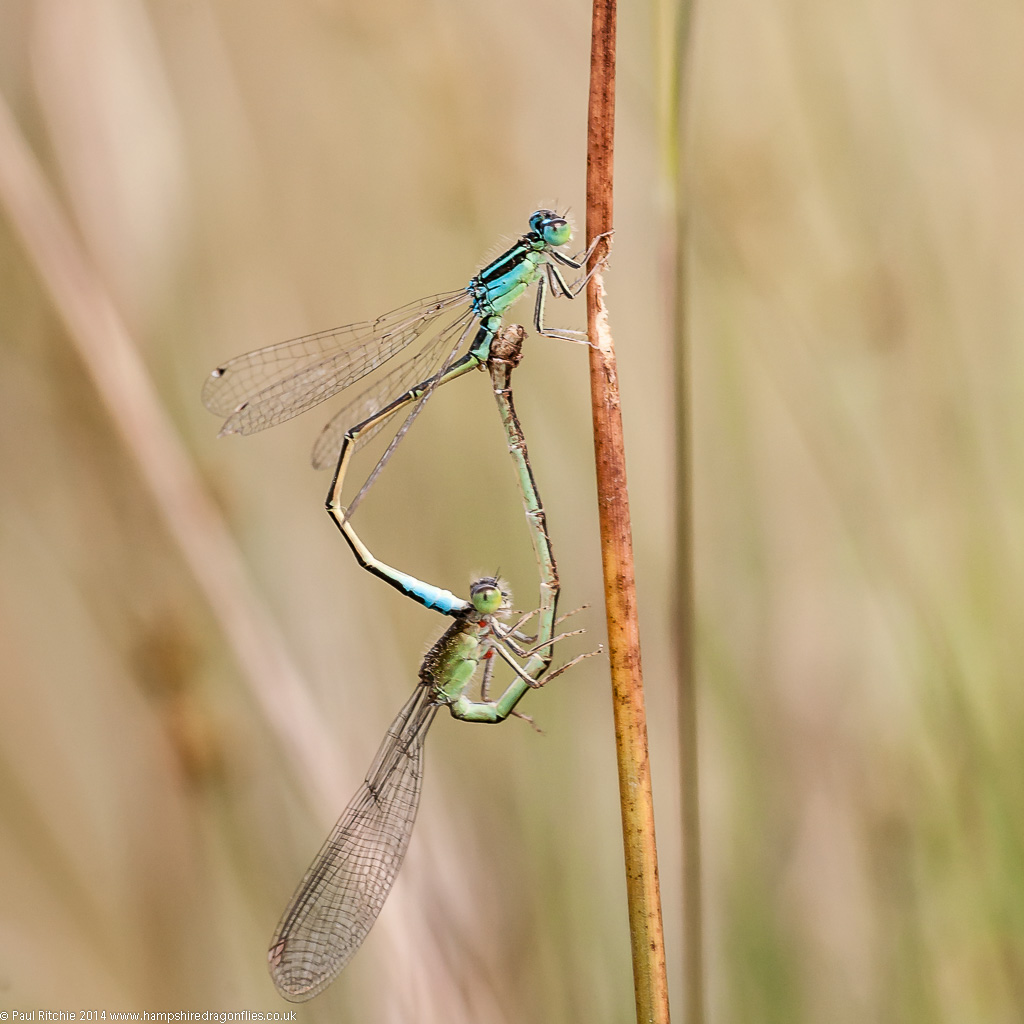
Another highlight of the day was this beautiful blue-form female Southern Damselfly.
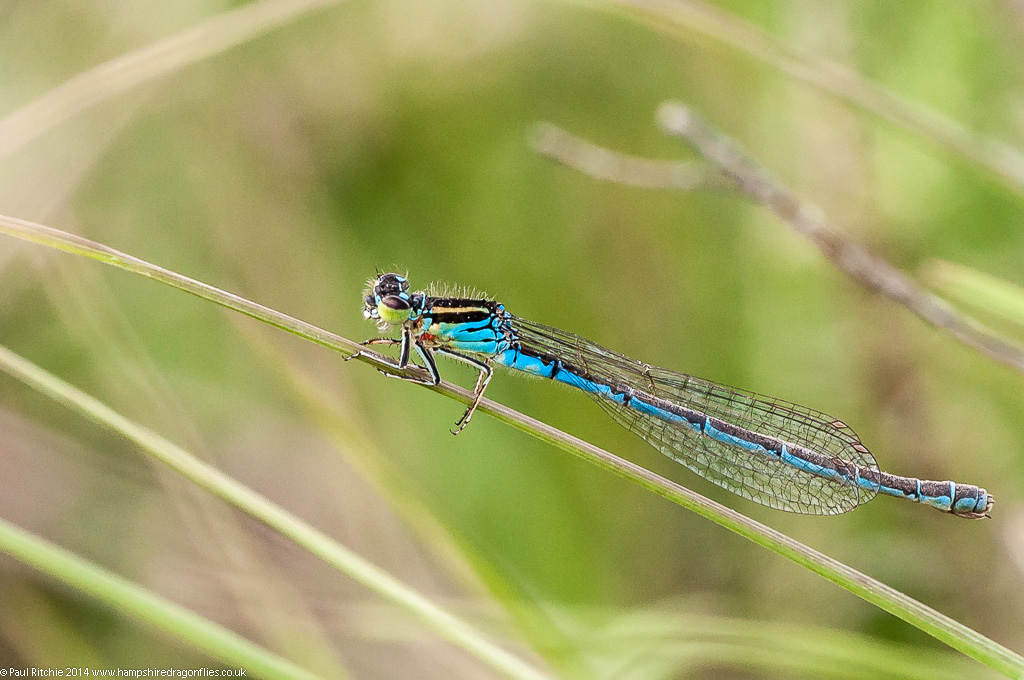
Tuesday 24th
A welcome return for Jerry Hawker and another two visitors from Somerset, Steve Balcombe and Max Thompson, provided some excellent company for this very hot and humid day – certainly the warmest and sunniest this season for Latchmore.
The affable conditions meant the stream provided some decent activity with a couple of Golden-ringed providing the first highlight.
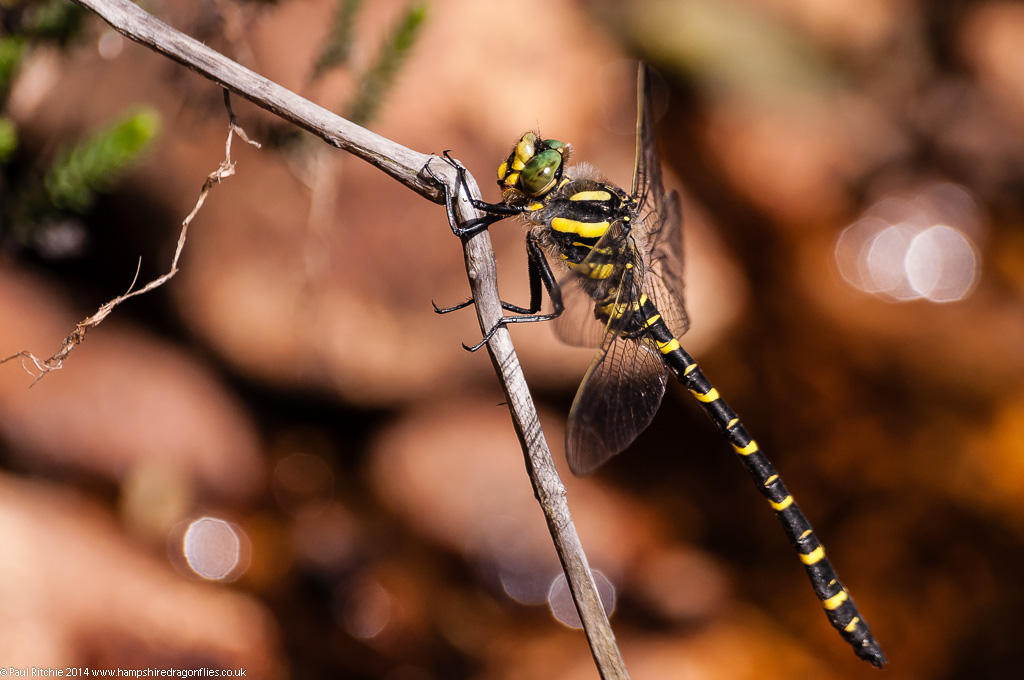
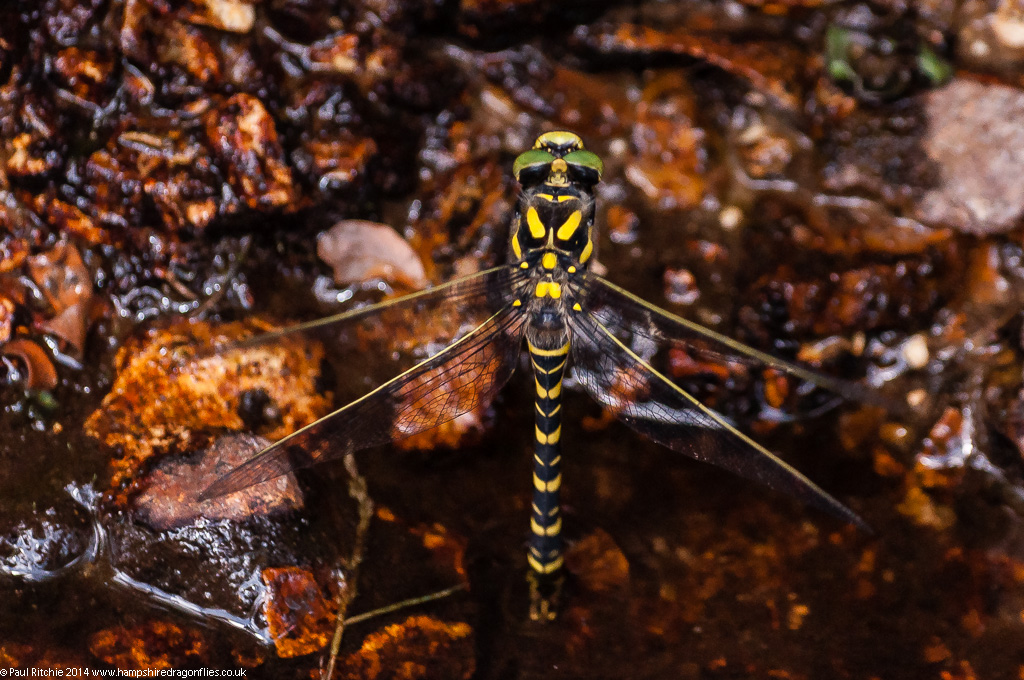
If anything there were far more Scarce Blue-tailed to be seen in the flushes, even bordering the path. The heather once again provided the best opportunities.
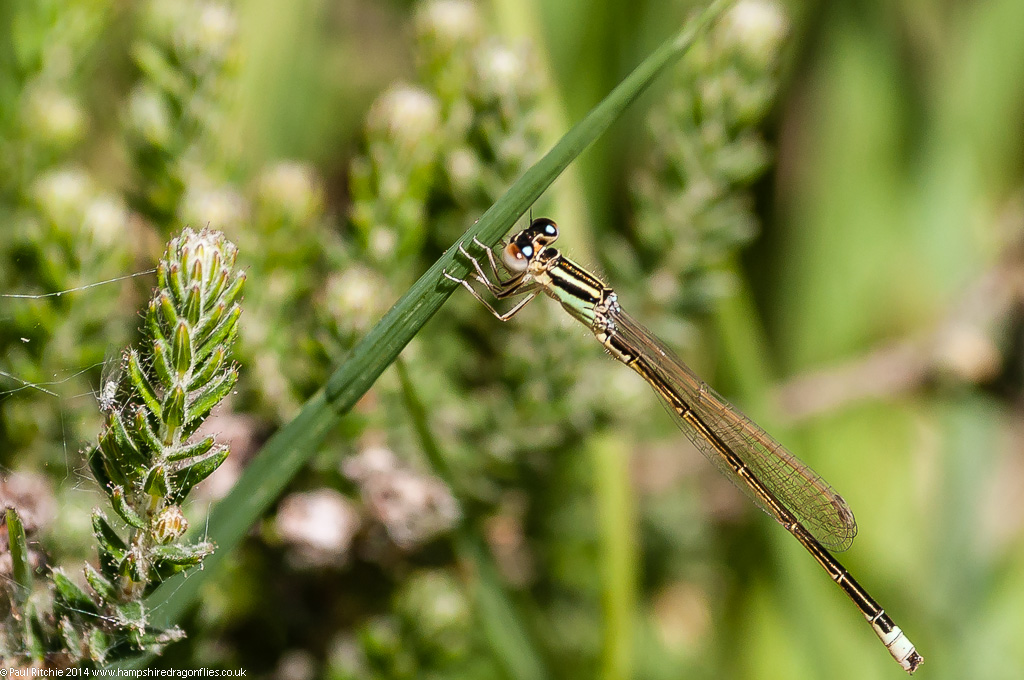
The only disappointment today were the lack of Southern Damselflies. Maybe a little too hot for them? No worries regards Small Red though.
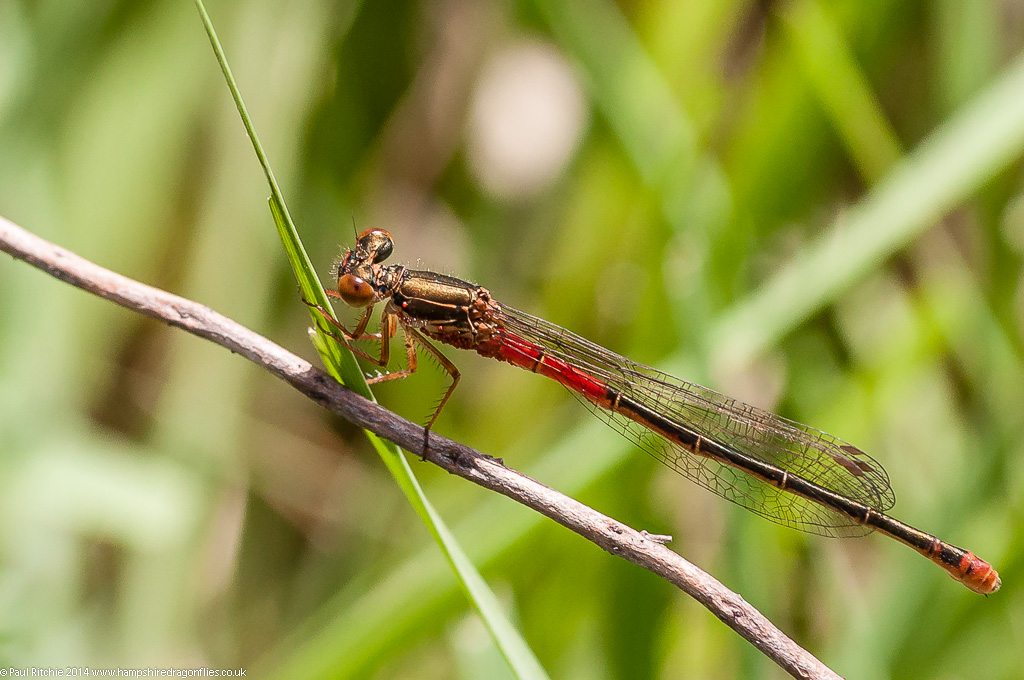
I had to look a lot harder to find an aurantiaca today, but after what seemed like an age (to my knees anyway) I finally caught sight of the unmistakeable citrus tones of a fresh female.
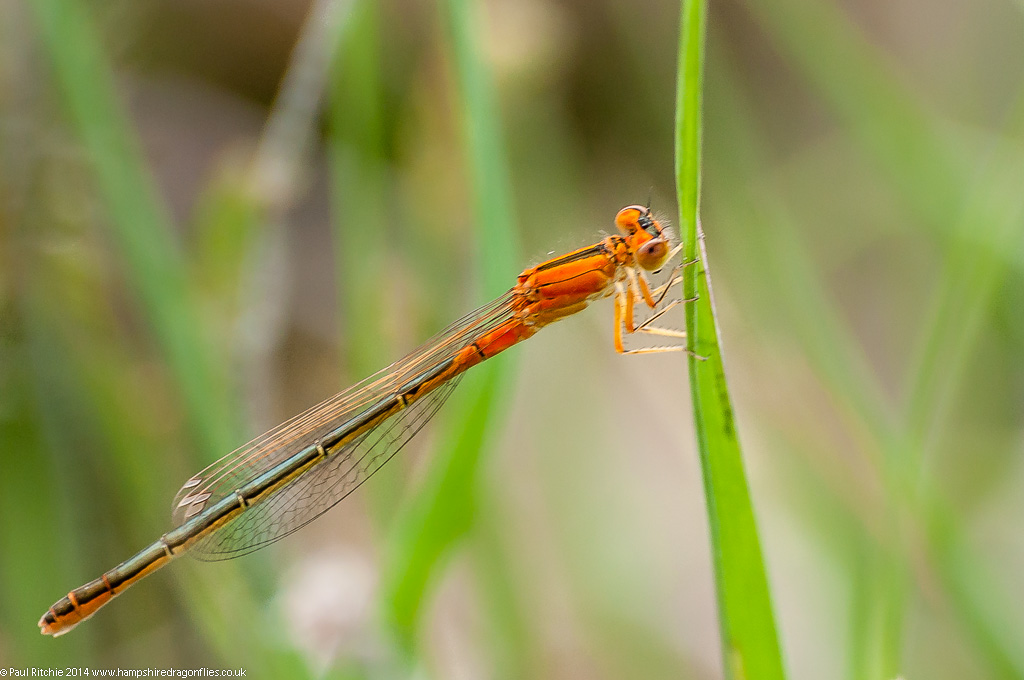
I had initially feared that too many visits might dull the excitement a tad, but the presence of good company with the ability for each to find their own treasures made every trip worthwhile.

